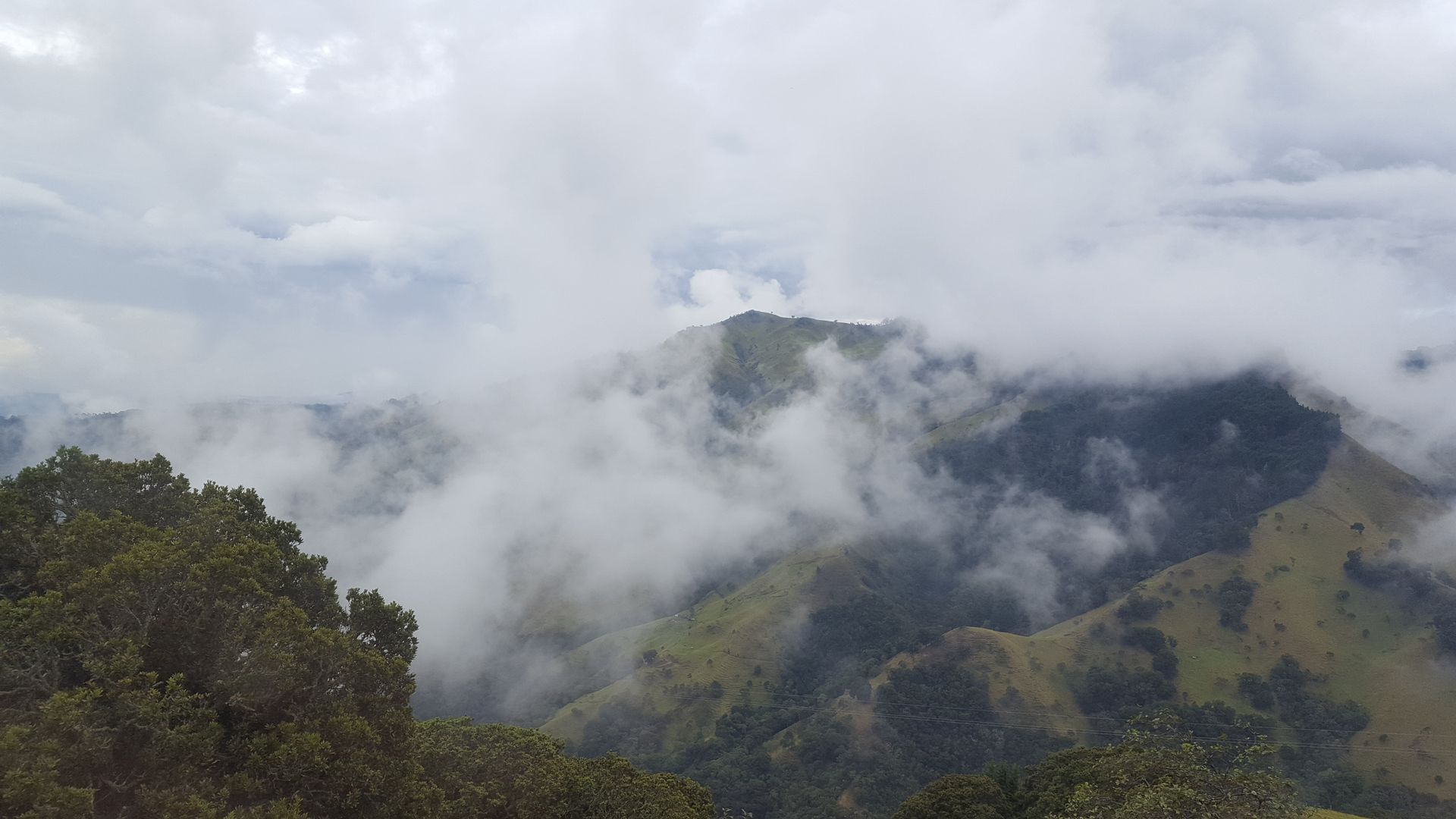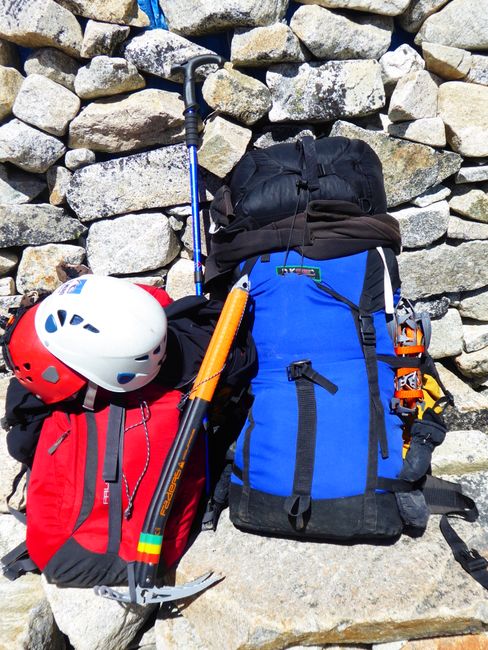Cuyabeno - The Amazon far from civilization
Публикувано: 17.10.2018
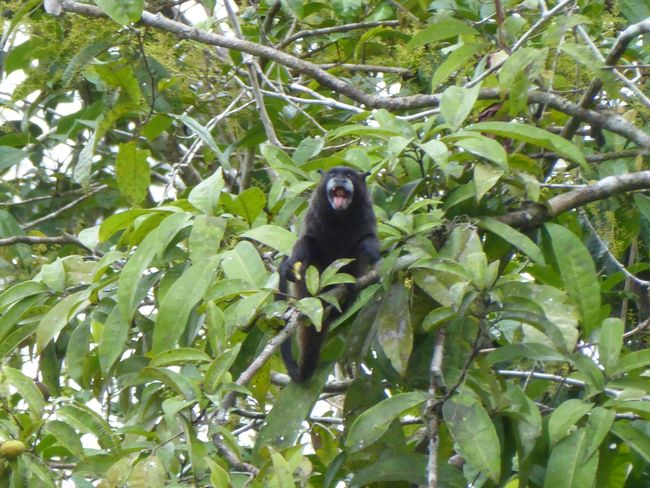
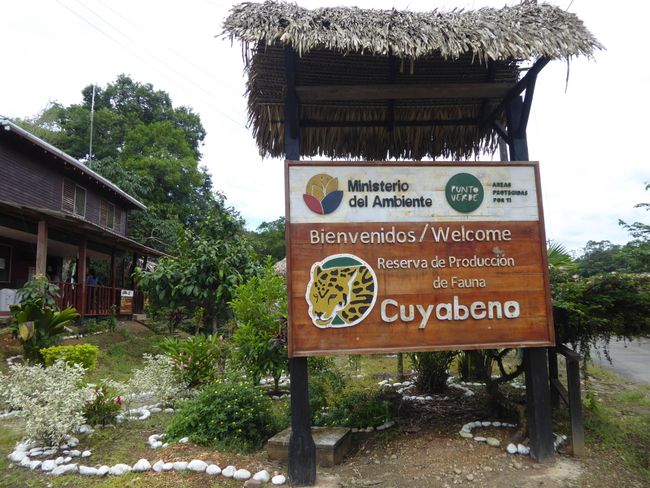
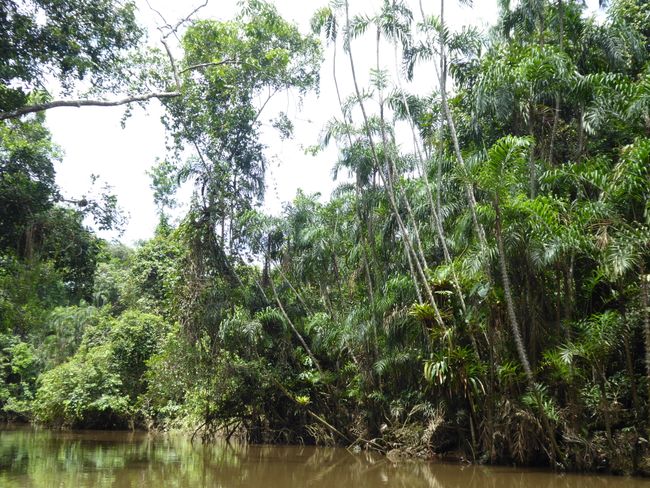
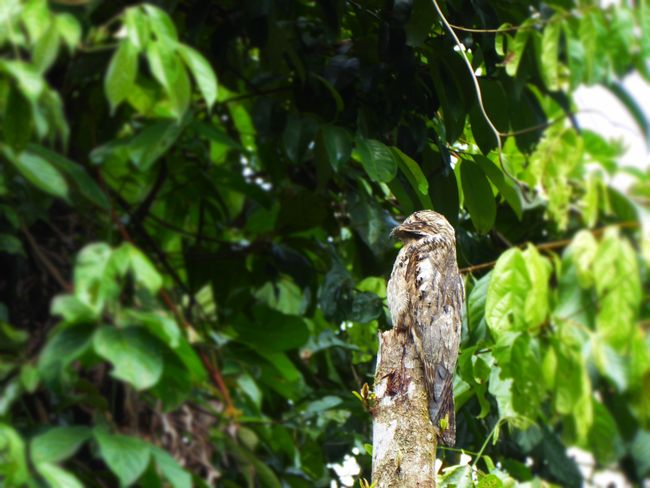
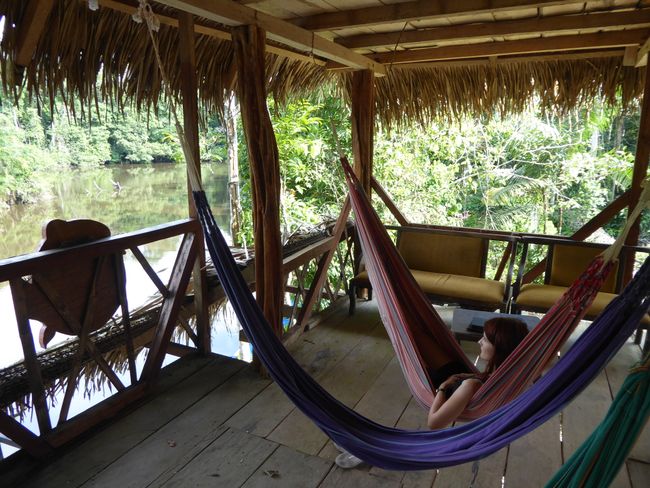
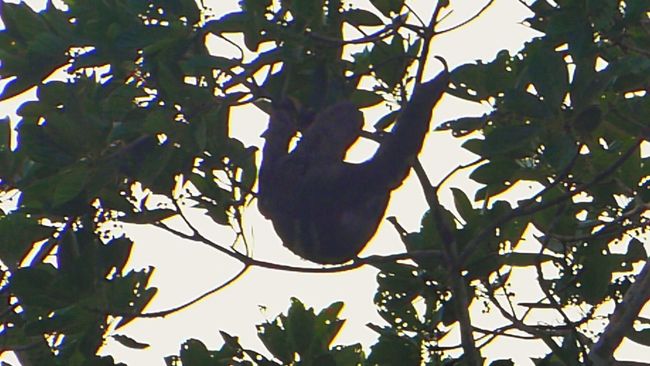
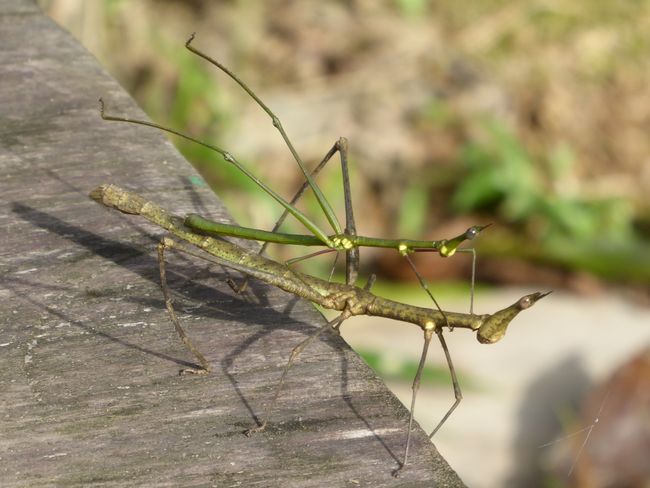
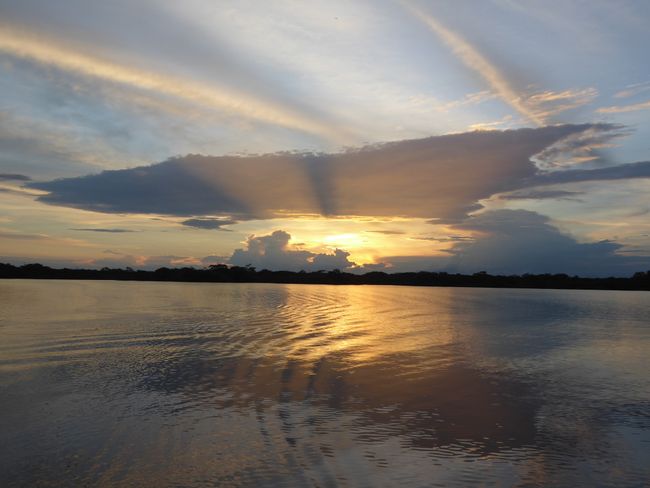
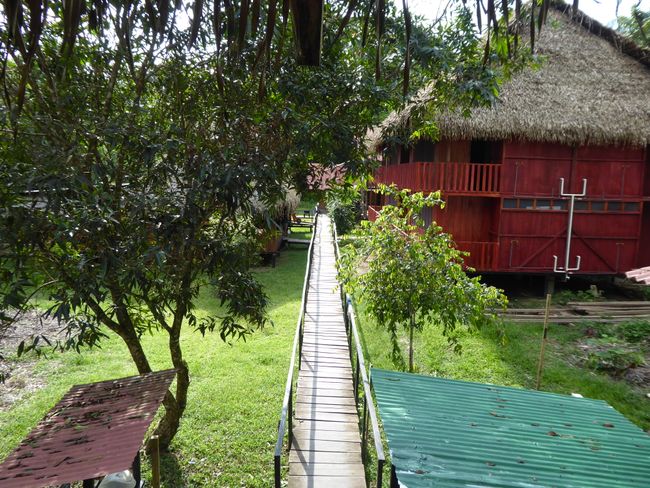
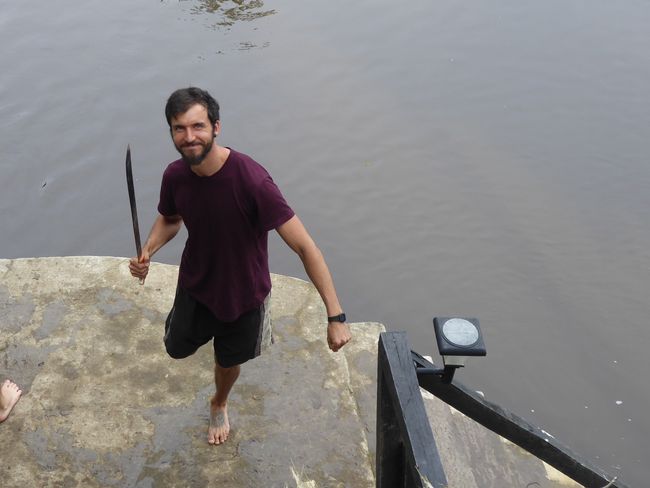
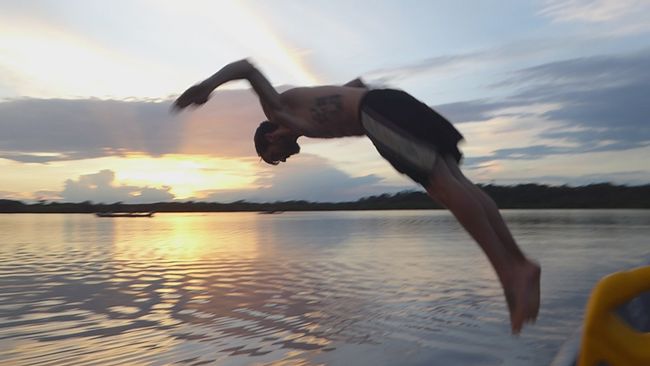
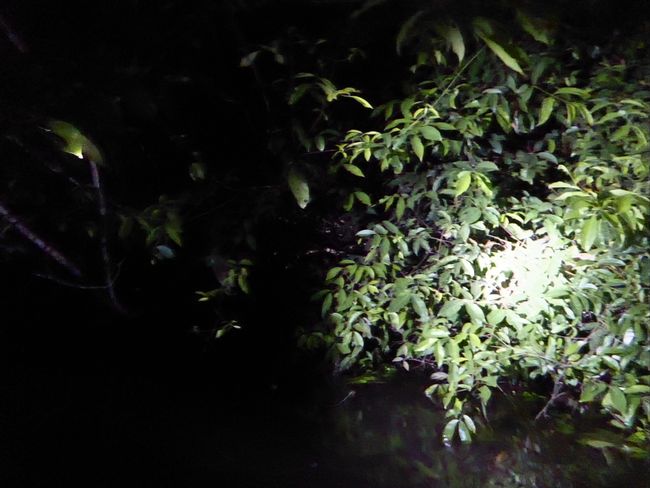
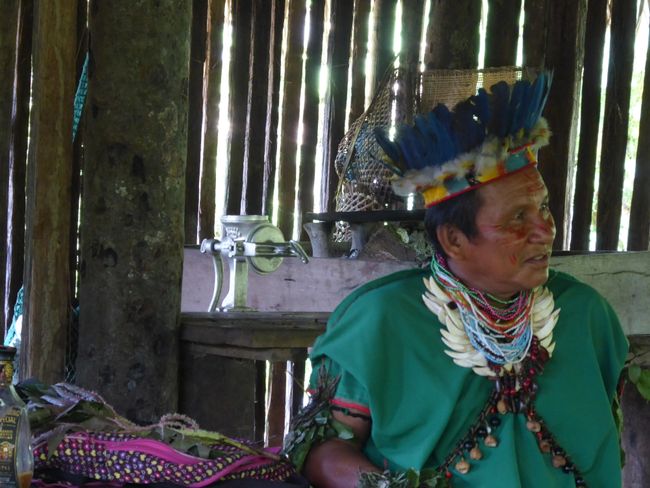
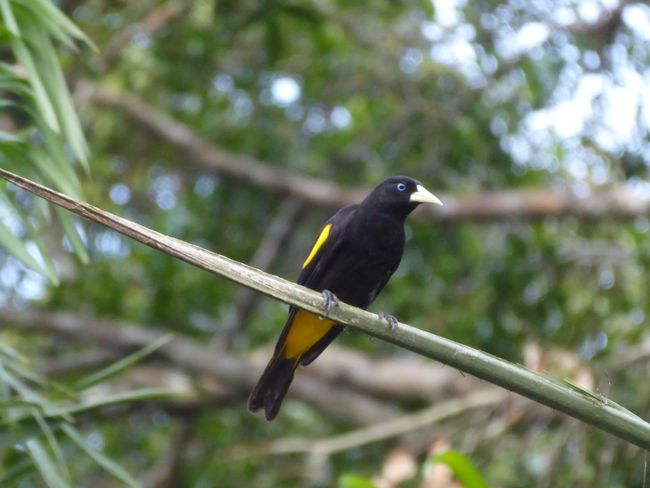
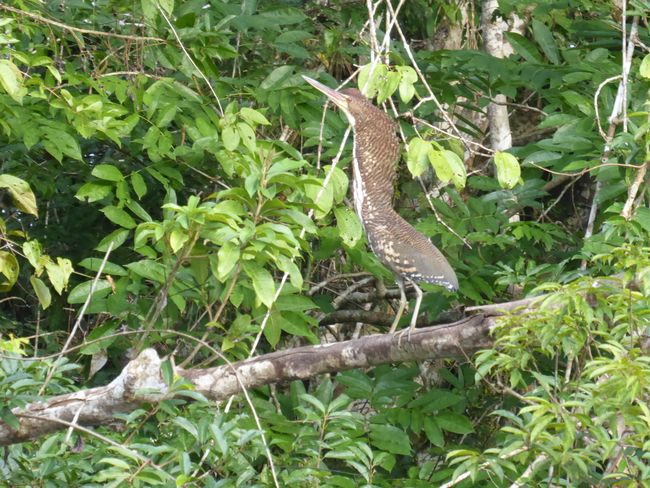
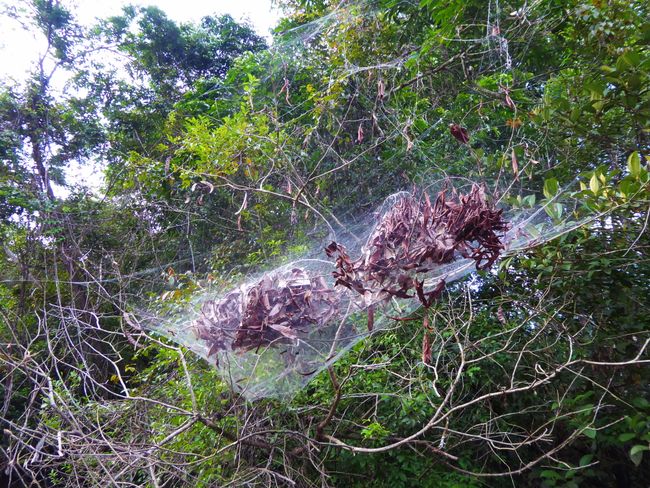
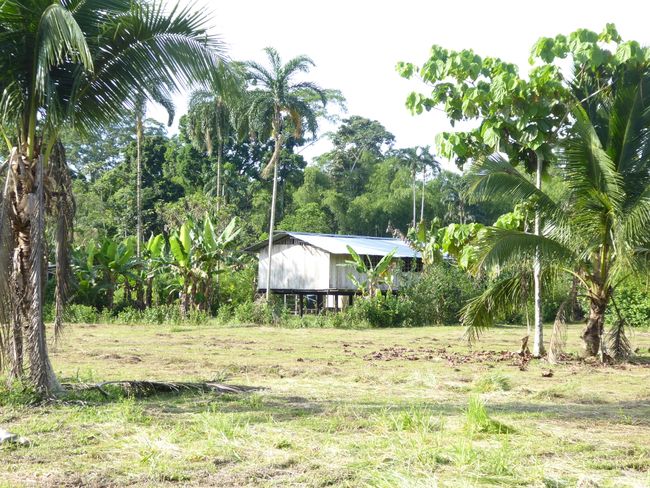
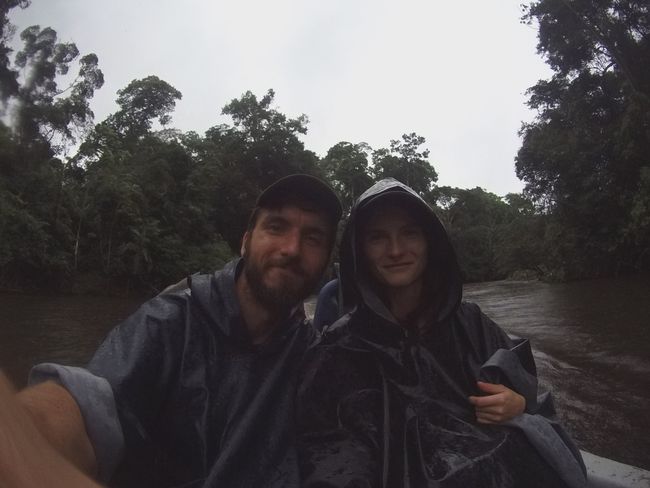
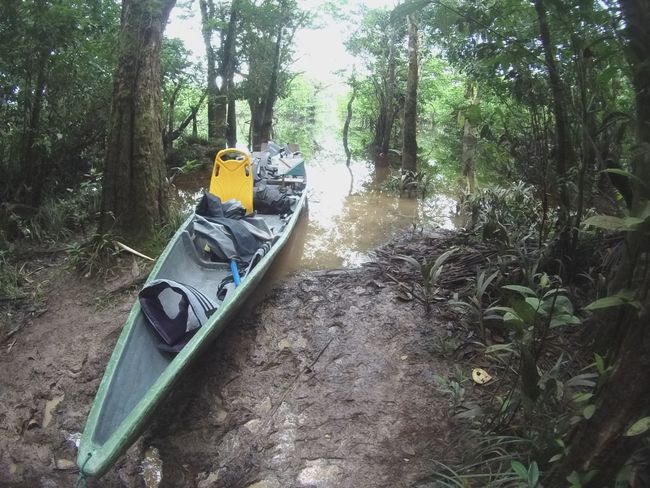
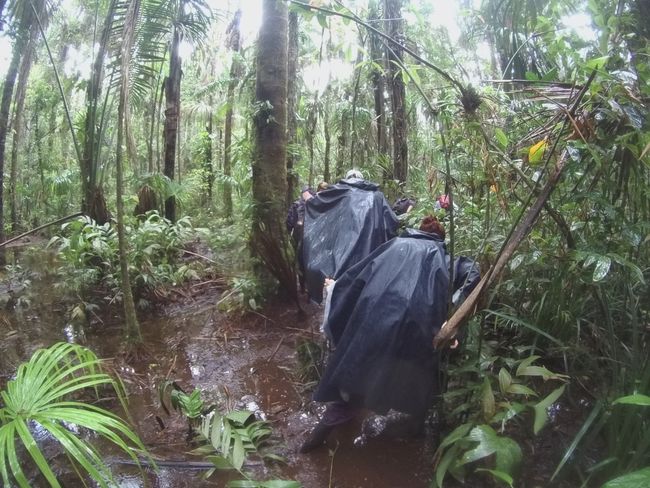
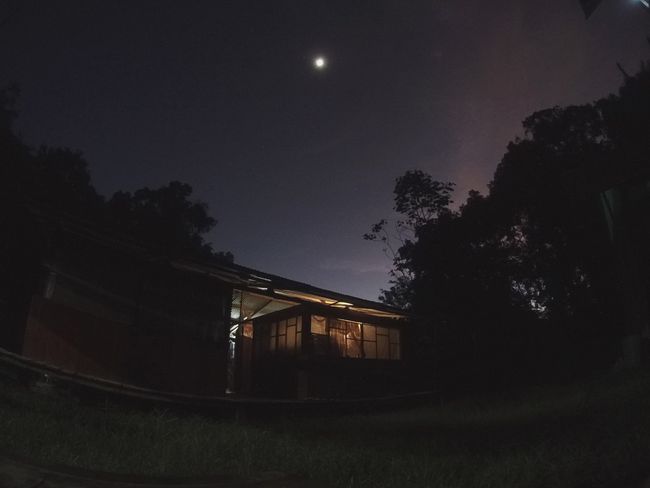
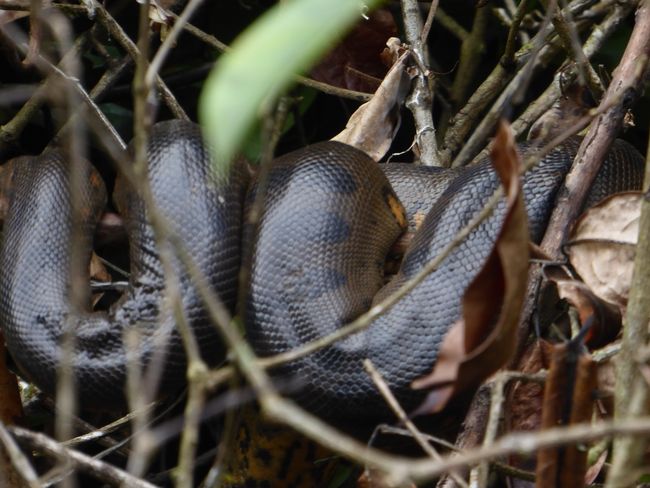
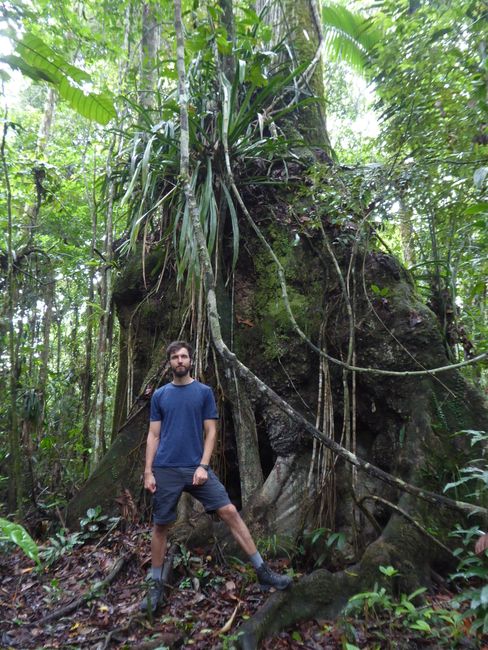
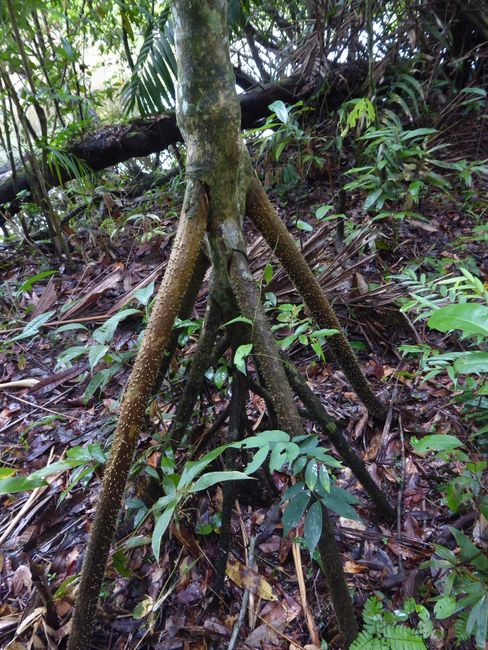
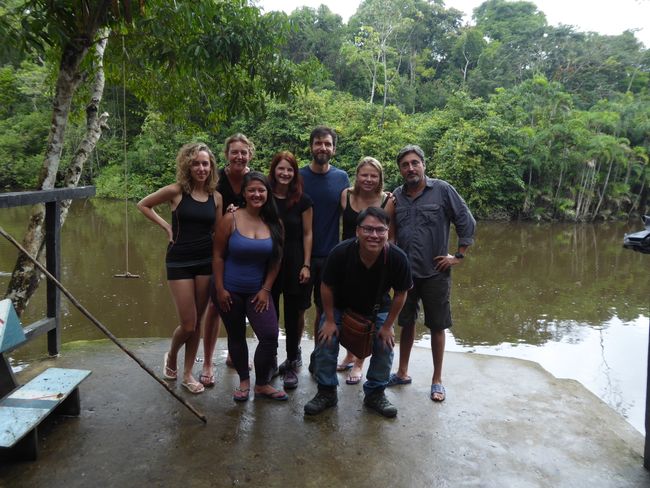
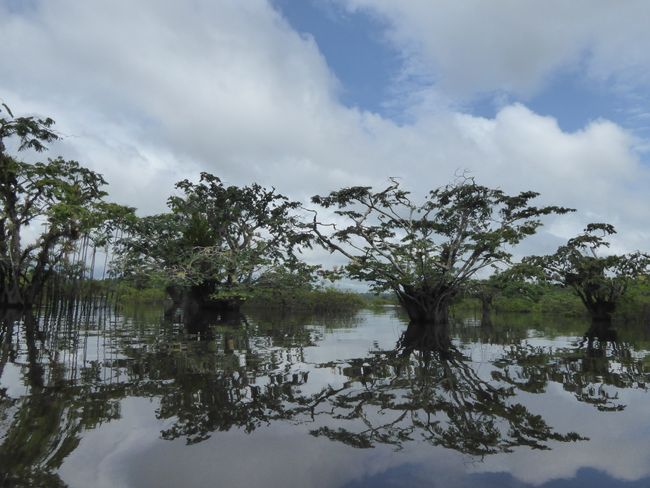
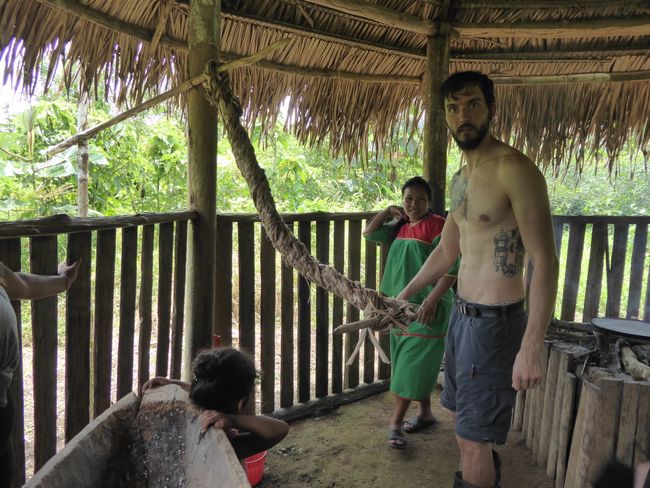
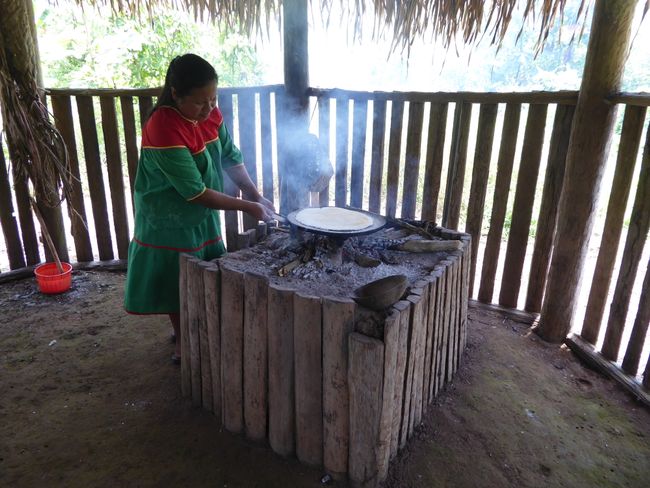
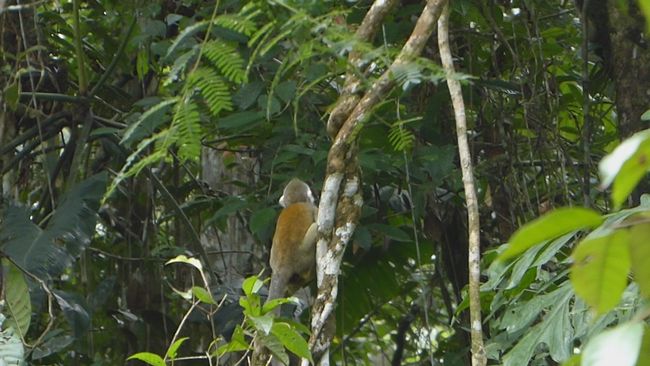
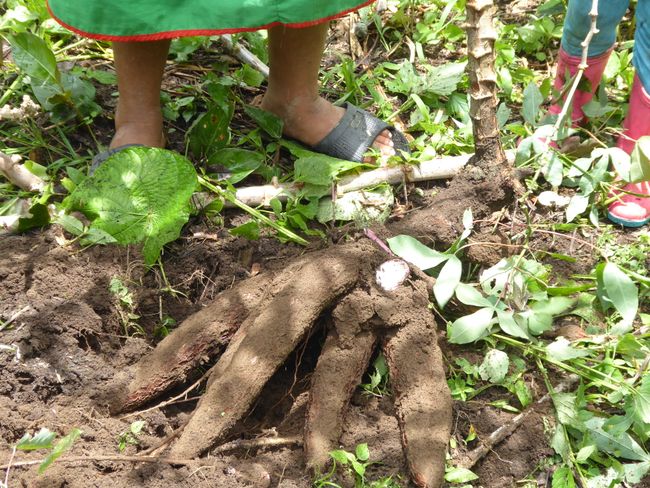
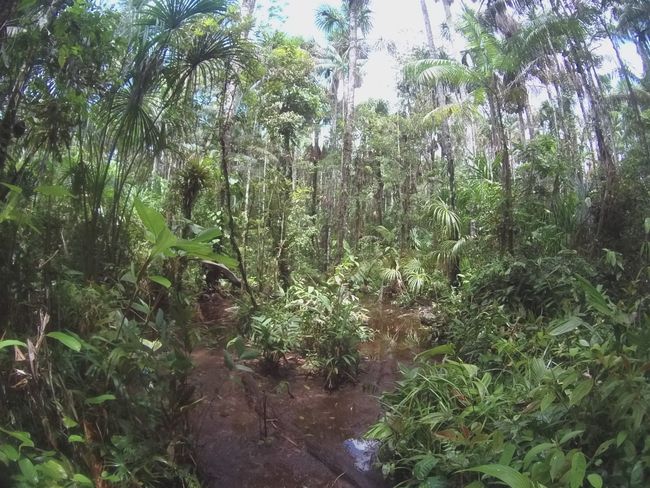
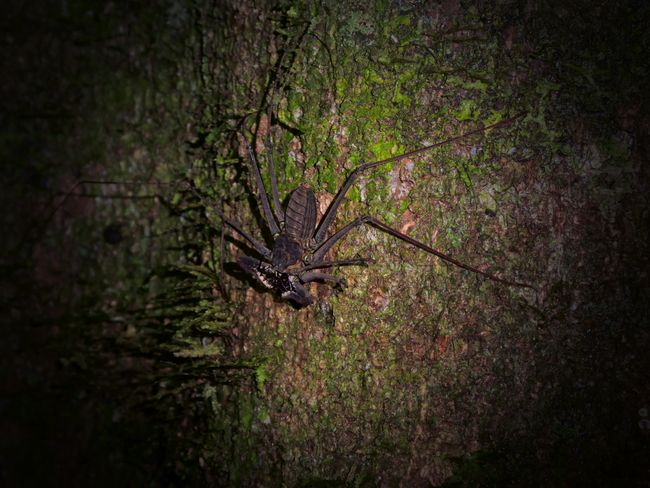
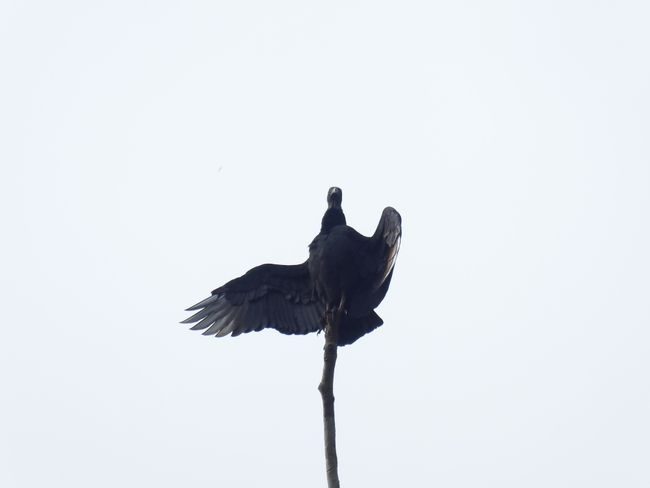
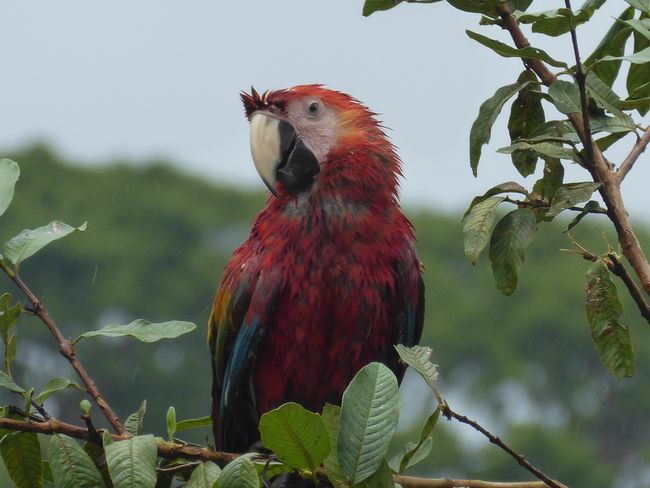
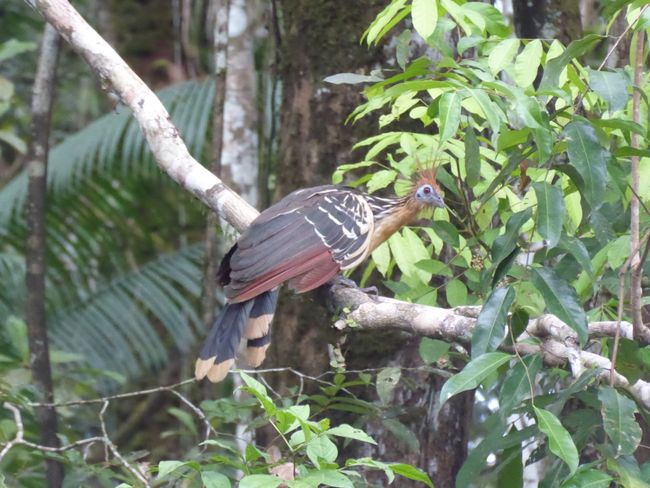
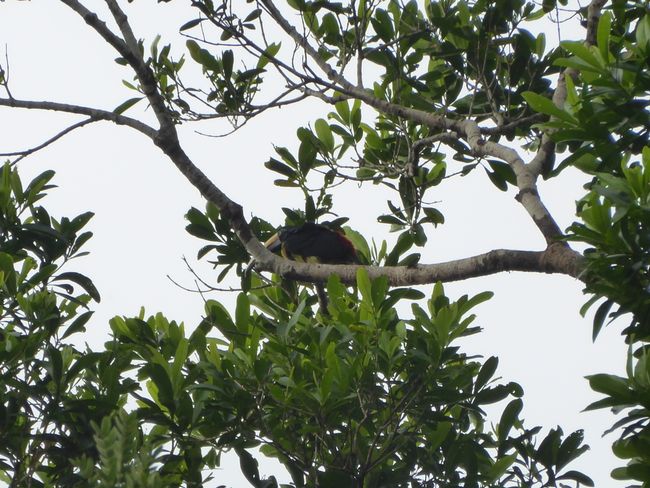
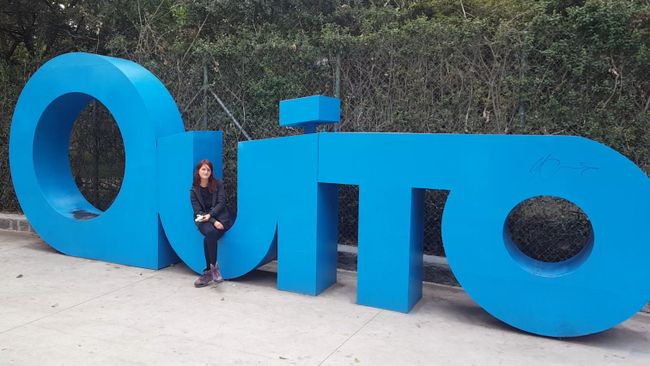
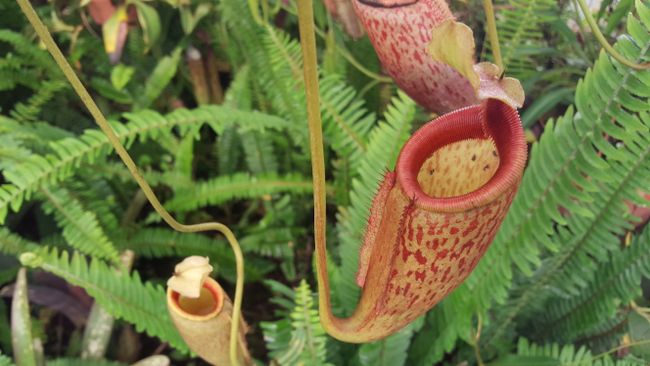
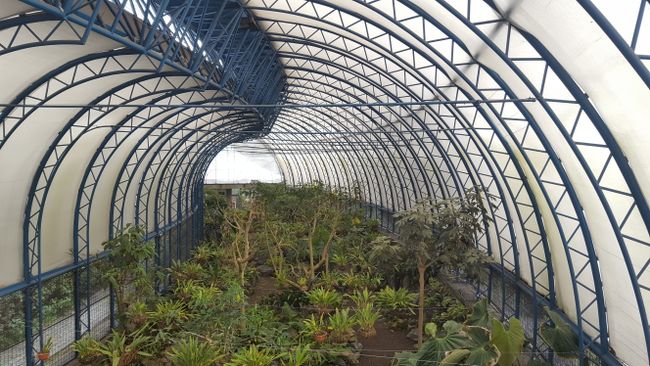
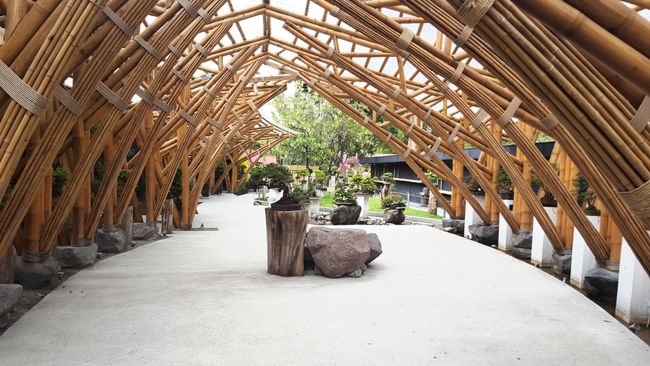
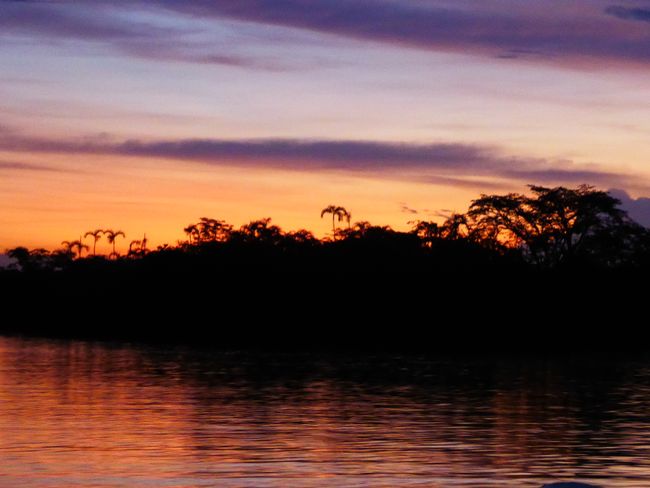

Абонирайте се за бюлетин
11.10.2018
We spend a relaxed day in the Parque de Carolina, which houses a small but beautiful botanical garden. Several greenhouses there focus on different themes.
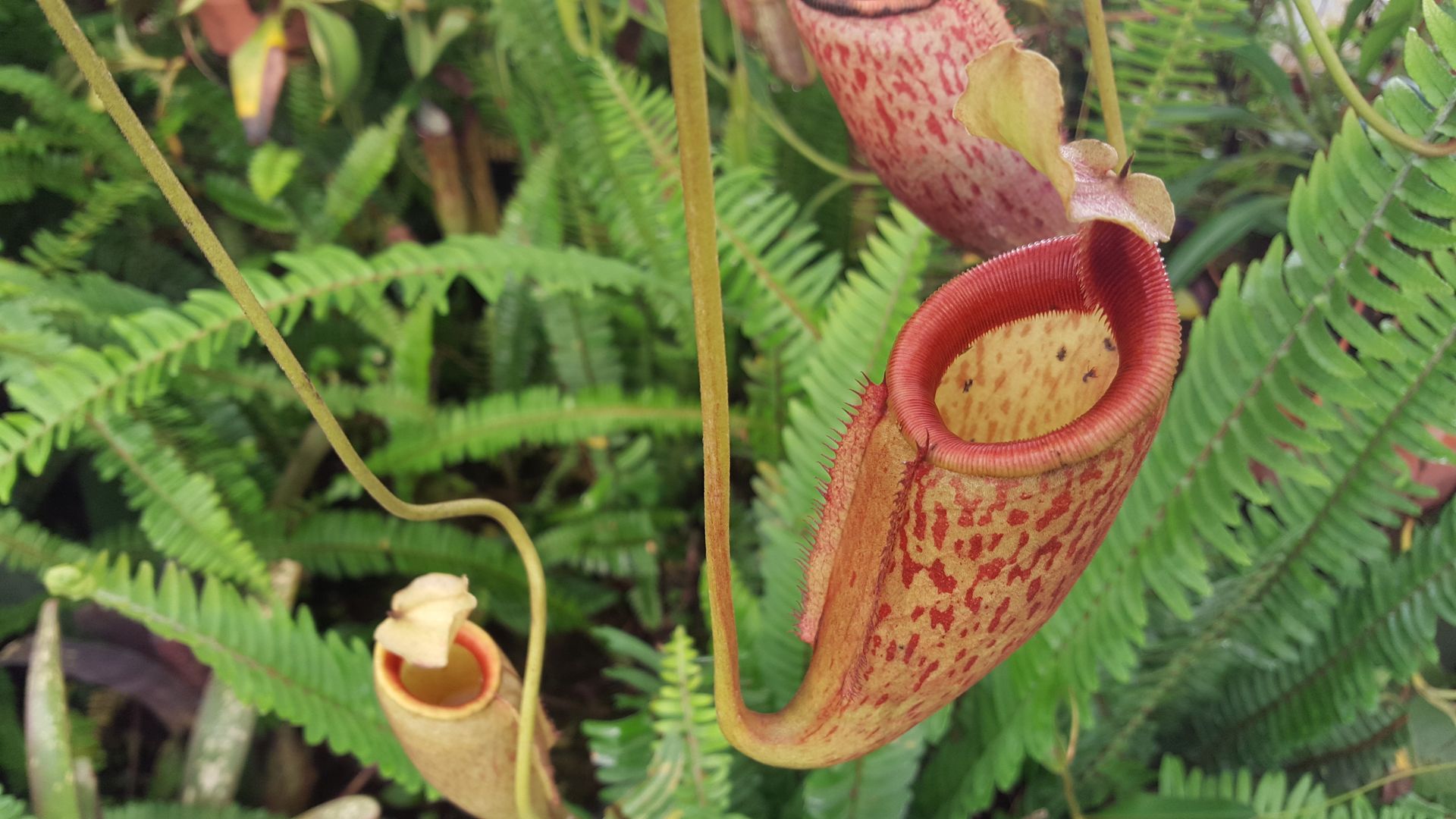

Among other things, you can find the largest bonsai exhibition in South America. Halls full of various orchid species and carnivorous plants complete the small but fine collection of colorful oxygen producers. On the way back, we squeeze into one of the overcrowded Metro buses. It's not just because of the narrowness that it's hard to breathe here.

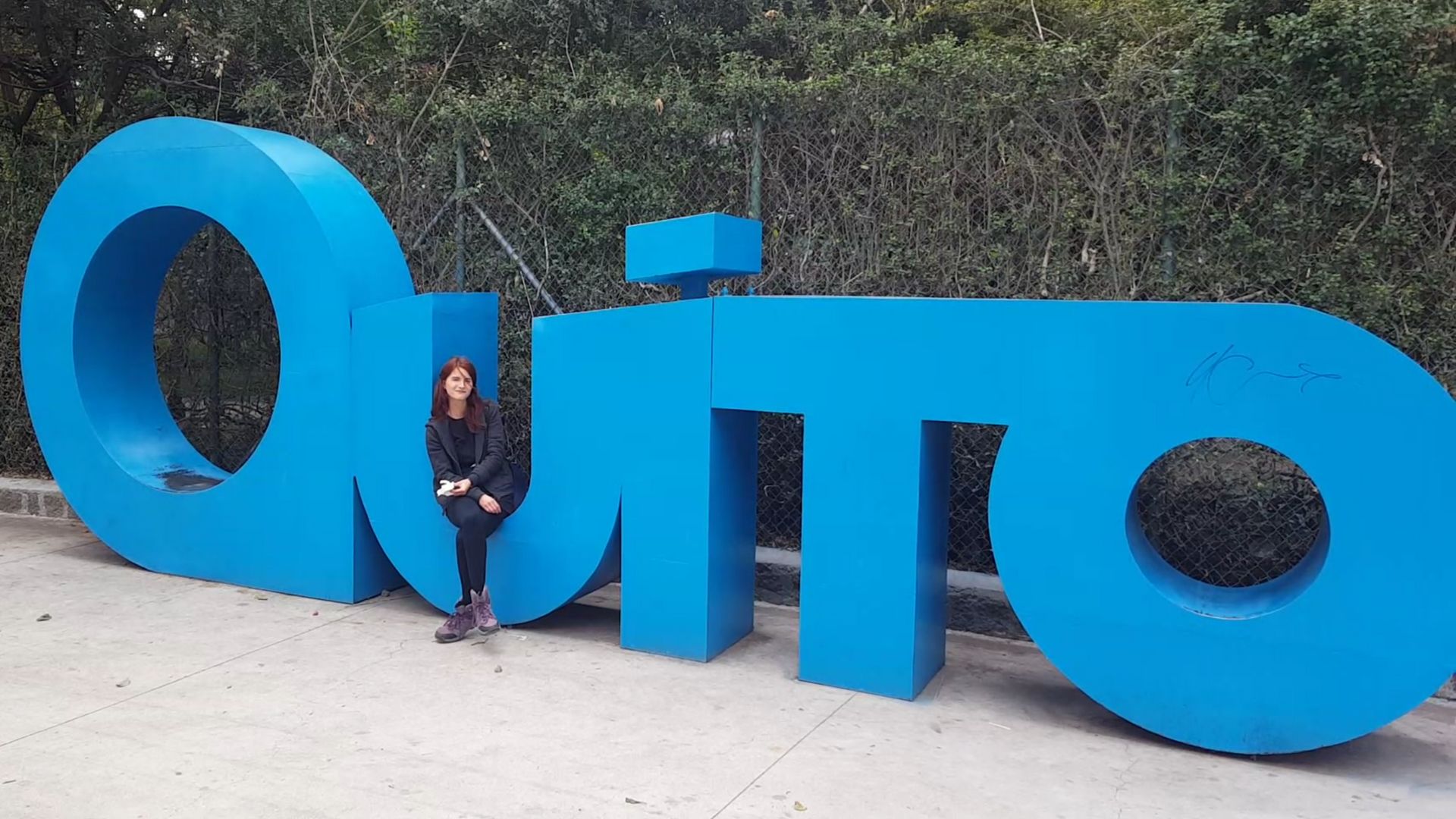
In the evening we end up at the Community Hostel again, cook something delicious, and watch "Black Mirror" together with the other hostel residents until our bus departs at 11:30 PM to the east, towards the Amazon. Light baggage is required. We only packed the essentials like insect repellent and rain gear - we naturally forgot sunscreen and flip-flops - everything else we leave behind in the hostel.
Overnight, we venture deeper into the sparsely populated areas of Ecuador in the lowlands. In 6 hours, we leave behind over 2,500 meters of elevation gain. Without equalizing pressure multiple times, it can be a painful affair. Our first overnight trip goes smoothly, contrary to Carsten's concerns, so we arrive in Lago Agrio in the morning.
12.10.2018
Quickly having breakfast, we continue with our guide Fabien in the minivan for another 2 hours into the remote regions of the country, to the border of the Cuyabeno National Park.
Already here, long stretches of dense vegetation appear repeatedly, only interrupted by individual pastures and smaller settlements. When we arrive at the Cuyabeno River, we receive an introduction to the dimensions and wildlife of the national park right next to the lifelike papier-mache replica of a 6m long caiman (which can grow even larger in this area). Overwhelming.
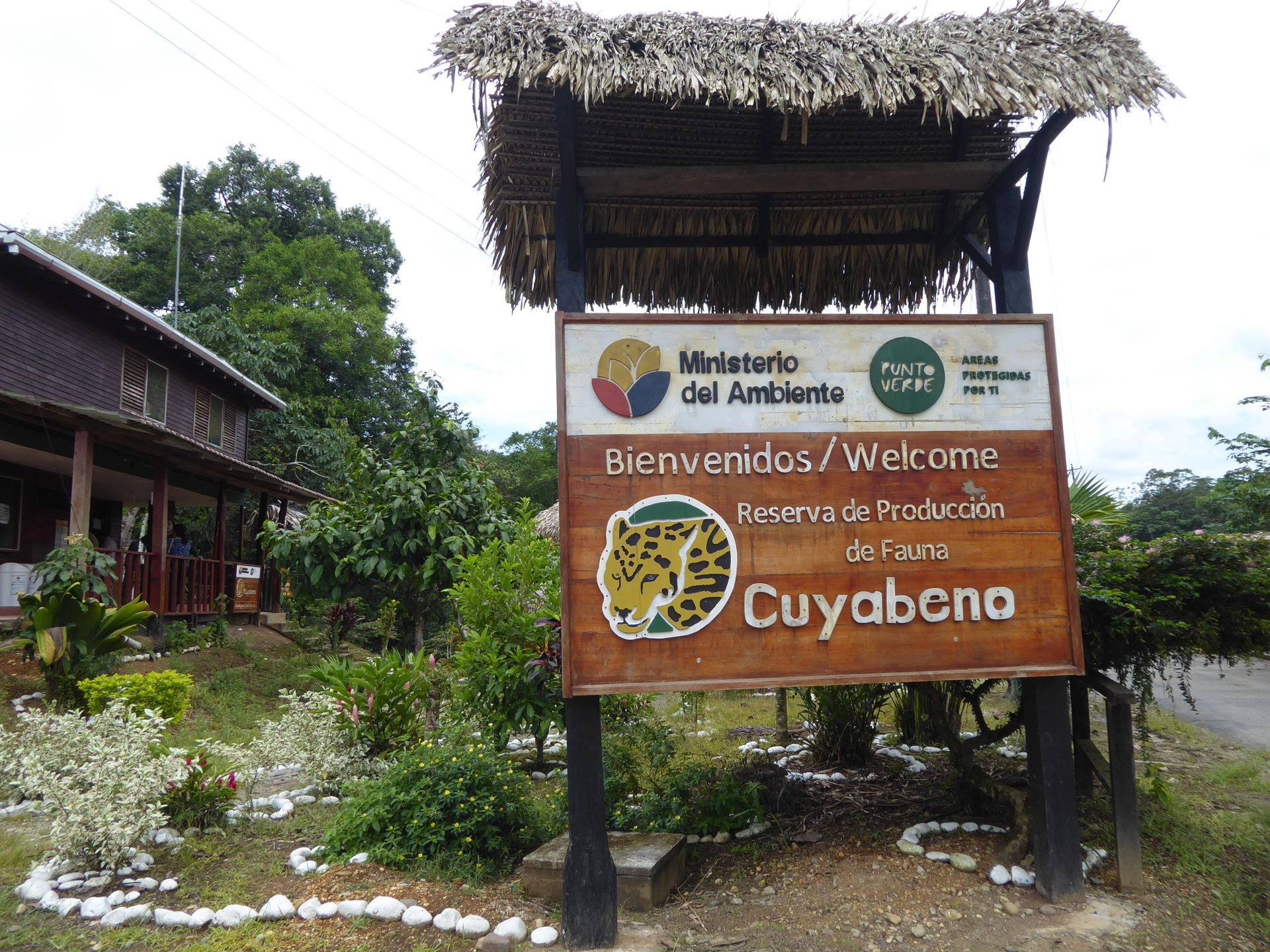
From here, we switch to the only means of transportation in the area - a motorized canoe. In the end, it is an oversized fiberglass nutshell guided by an indigenous captain. We drive deeper into the dense rainforest for nearly 2 hours. Behind every bend in the river, we suspect exotic species on a silver platter. However, it quickly becomes apparent that the Amazon wildlife is very well adapted to the multitude of potential enemies - if you don't look closely, you'll miss the wonders of nature. Additionally, our 250cc outboard motor is not exactly whisper quiet.
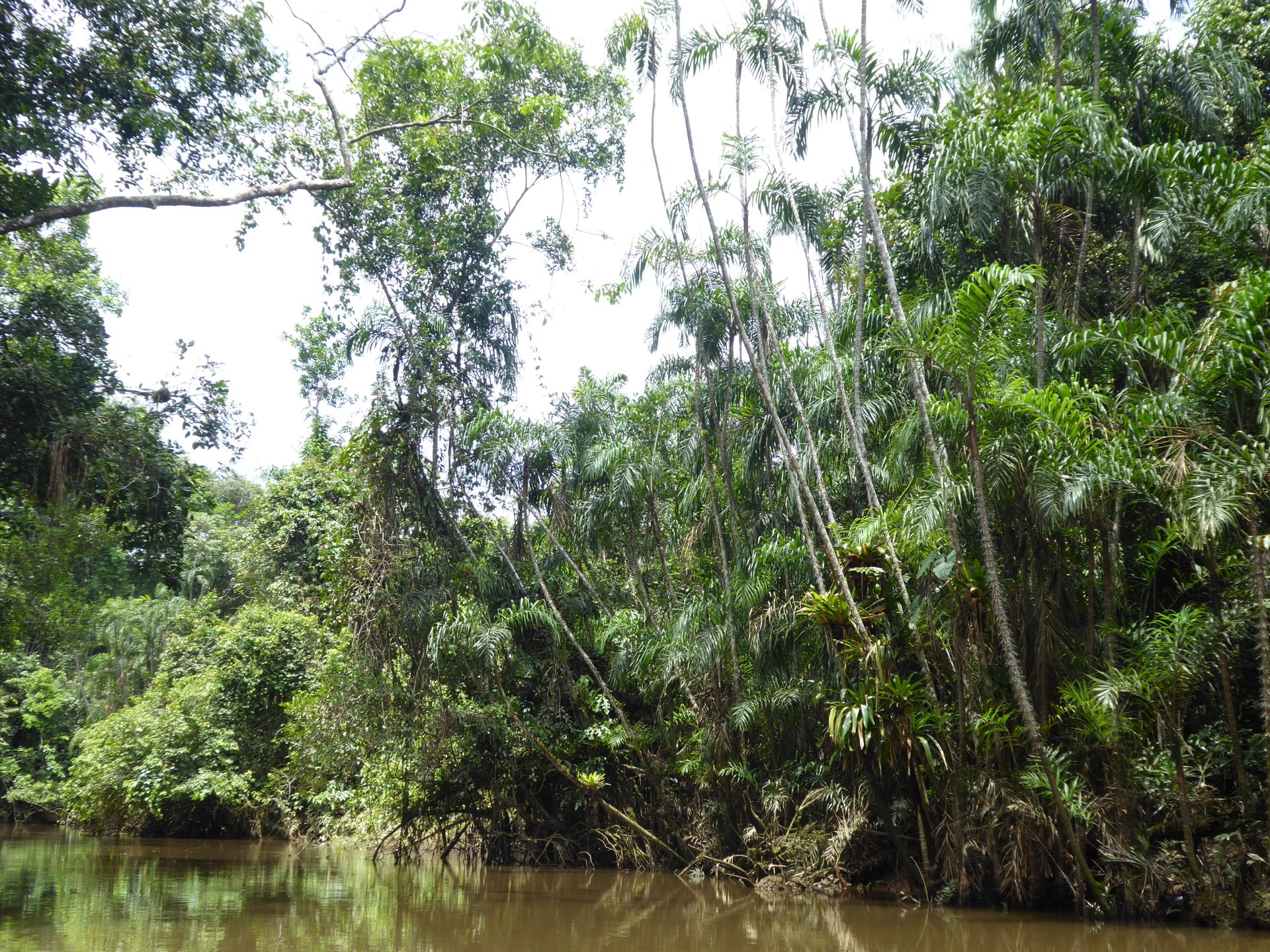
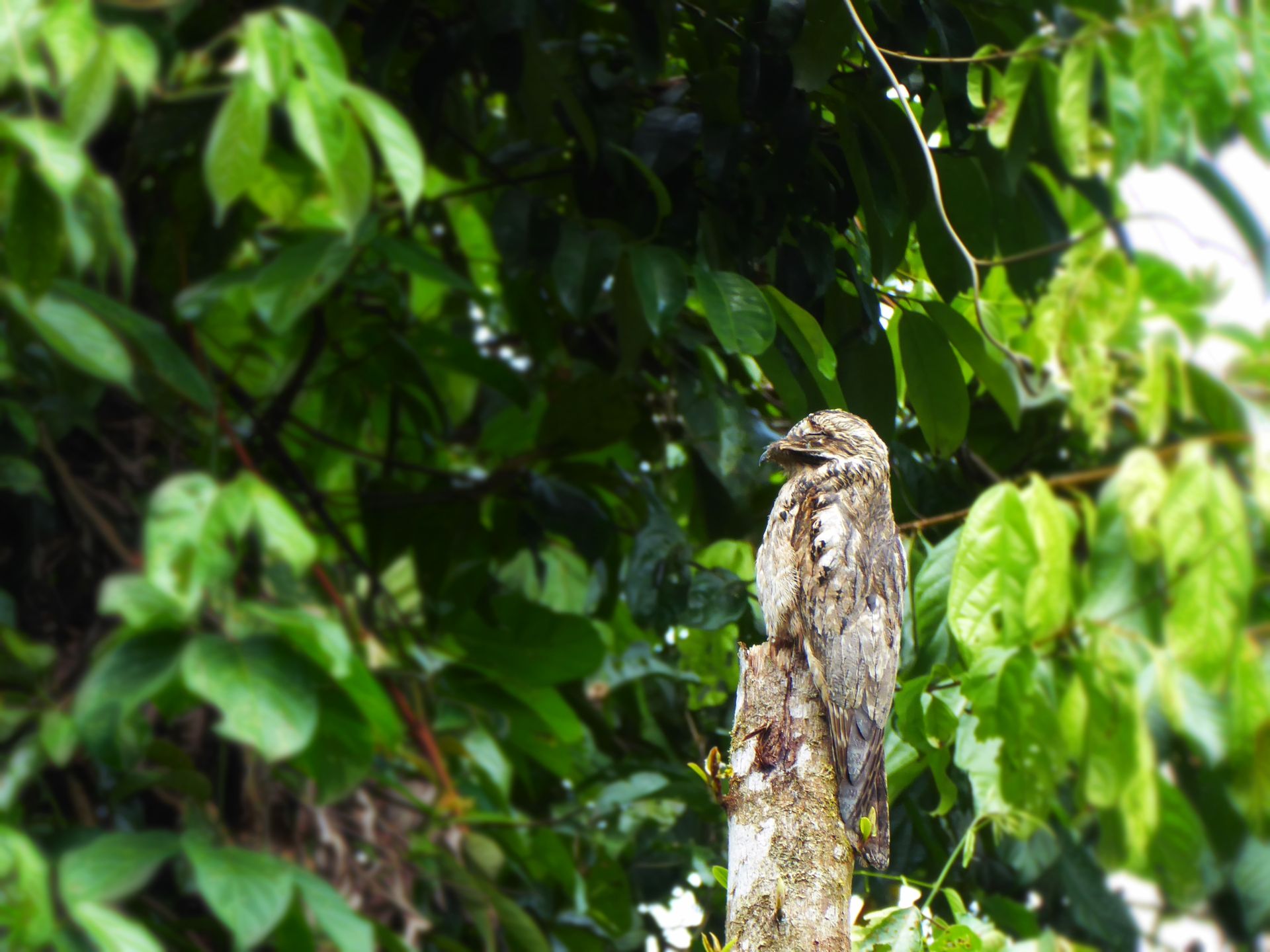
Urutau - Daytime sleeper
Our lodge is located in the midst of lush green. A few wooden huts on stilts away from civilization. Simple, but comfortable - with large mosquito nets over the beds and hammocks for relaxation right by the river. Everyone lives under one roof, separated by thin wooden panels.

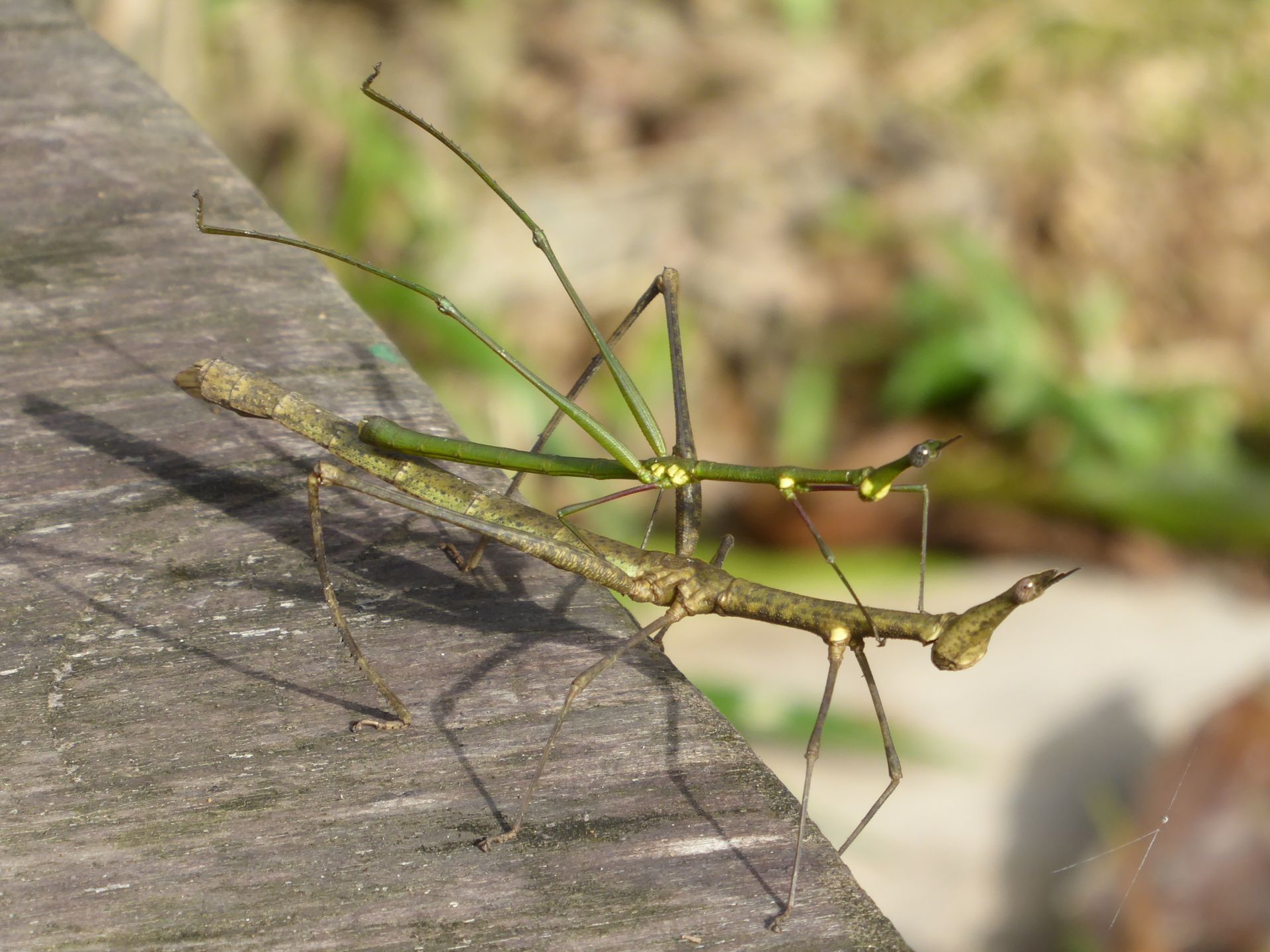
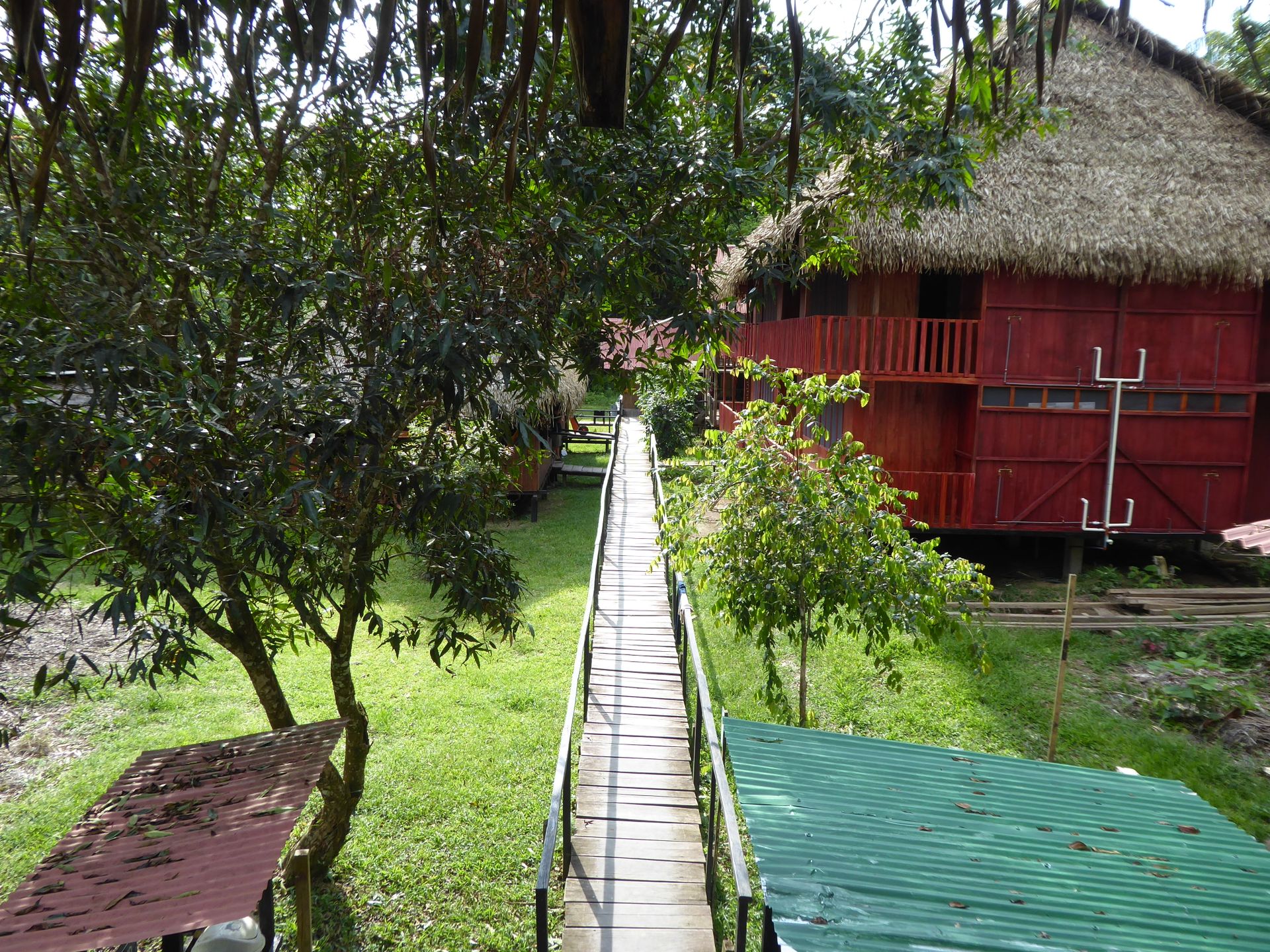
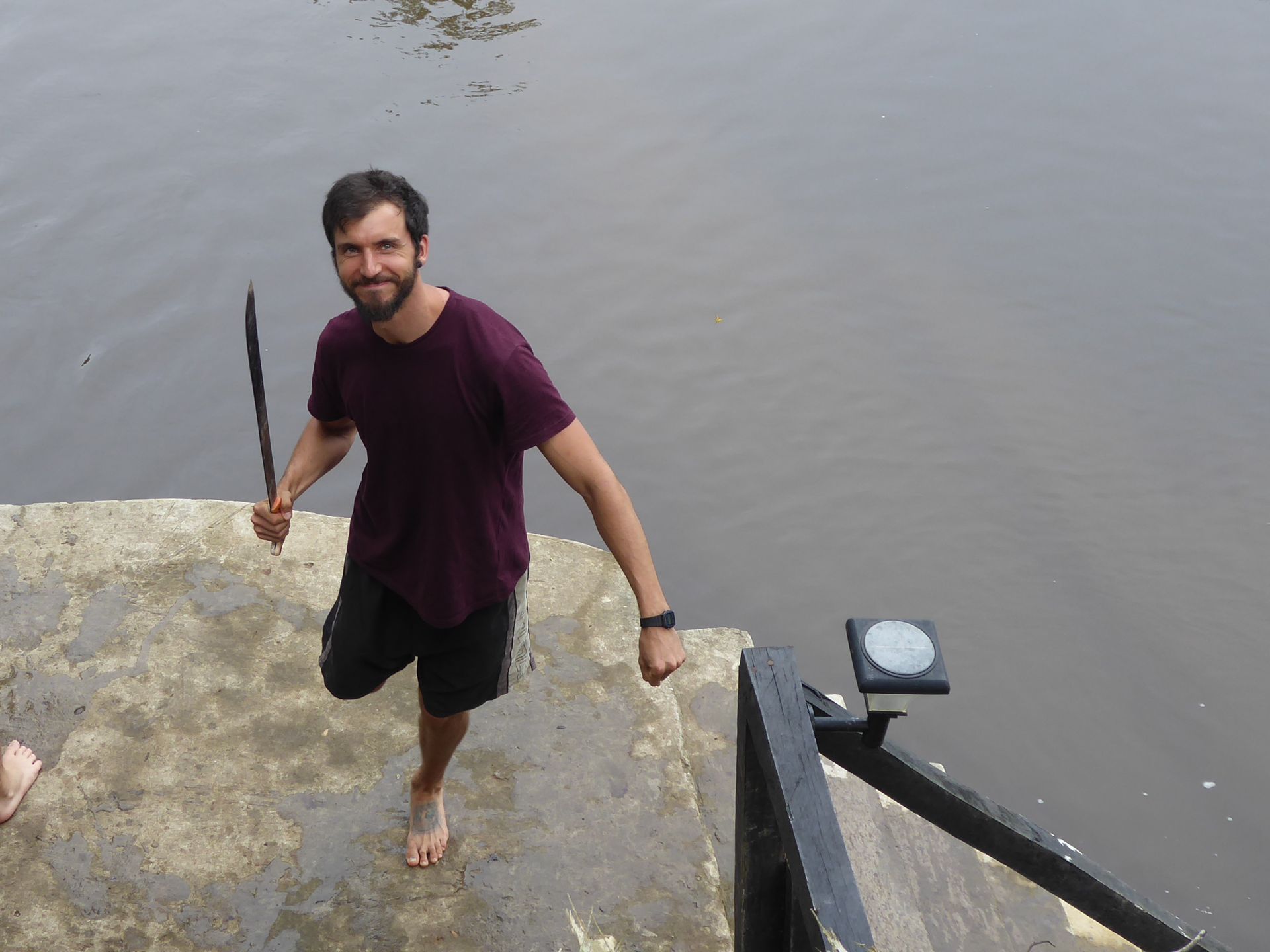
The first excursion takes us to Laguna Grande, a several square kilometer large forest area that is currently flooded and can completely dry out in the summer. Generally, the Cuyabeno here is up to 3 meters deep, but can drop up to 30 cm a day if the rain stops. This makes some sections of the river impassable. On the way, El Capitan spots the first highlight of our tour - a sloth leisurely moving from branch to branch. In addition, we are welcomed by the pink freshwater dolphins known for this area at the lagoon.
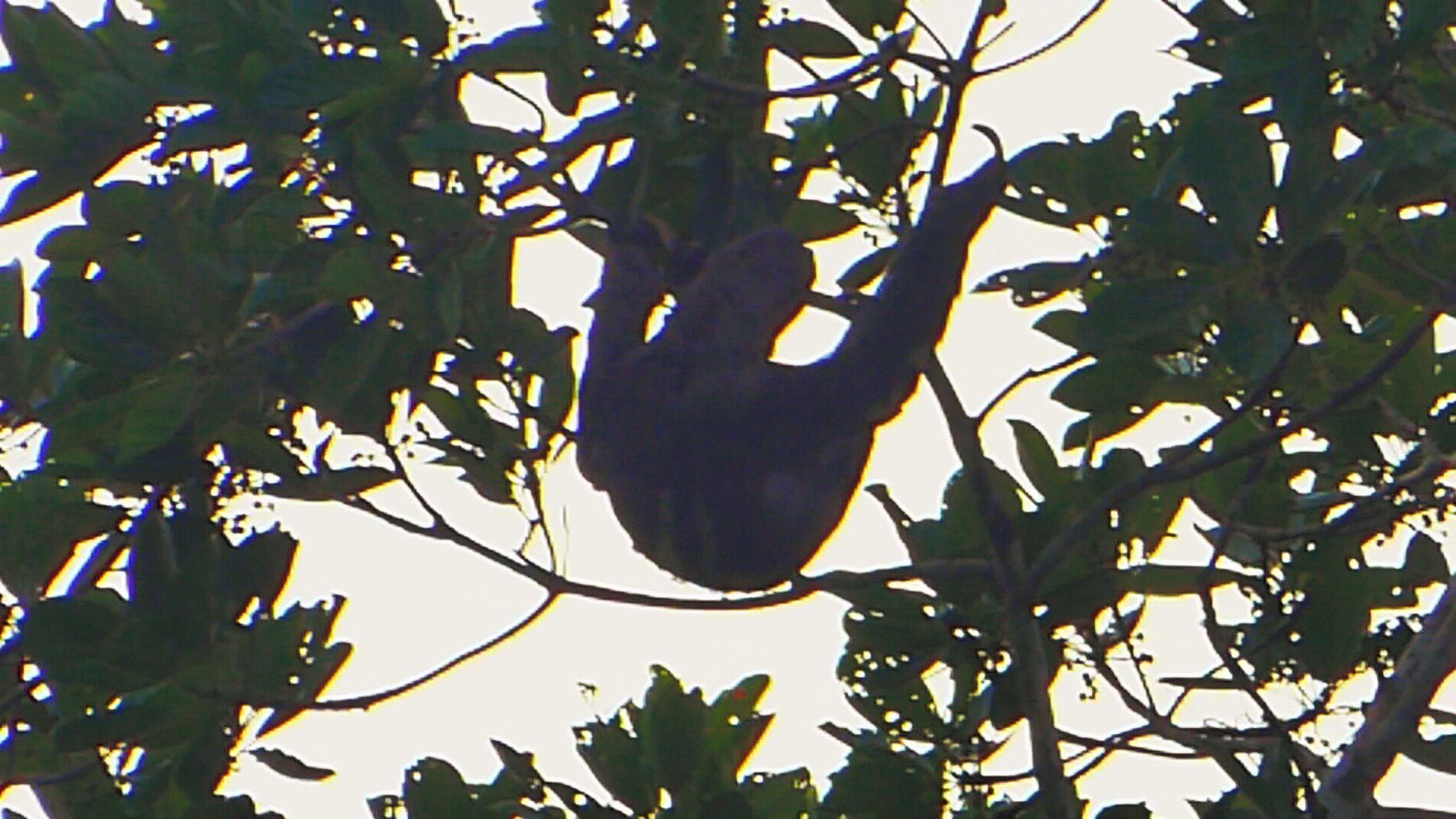
We enjoy the coolness during a swim in the lagoon. At the same time, it is somehow a strange feeling to splash around in a river with caimans and anacondas, in which the suspended sediments allow visibility only up to 50 cm.
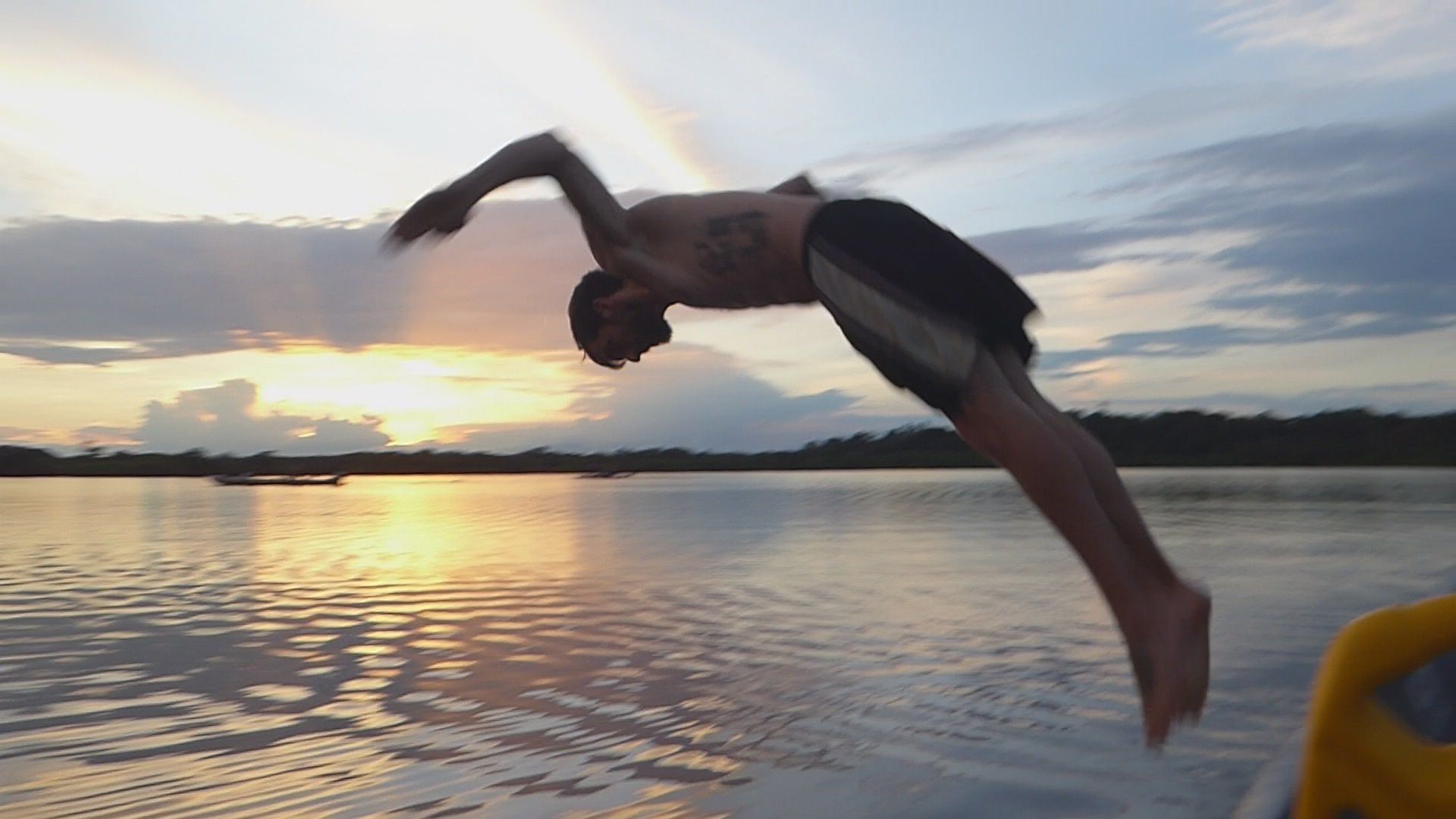
The impressive sunset over the Amazon basin quickly makes such thoughts disappear. On our way home in total darkness, we go on the hunt for caimans that can lurk on every embankment.

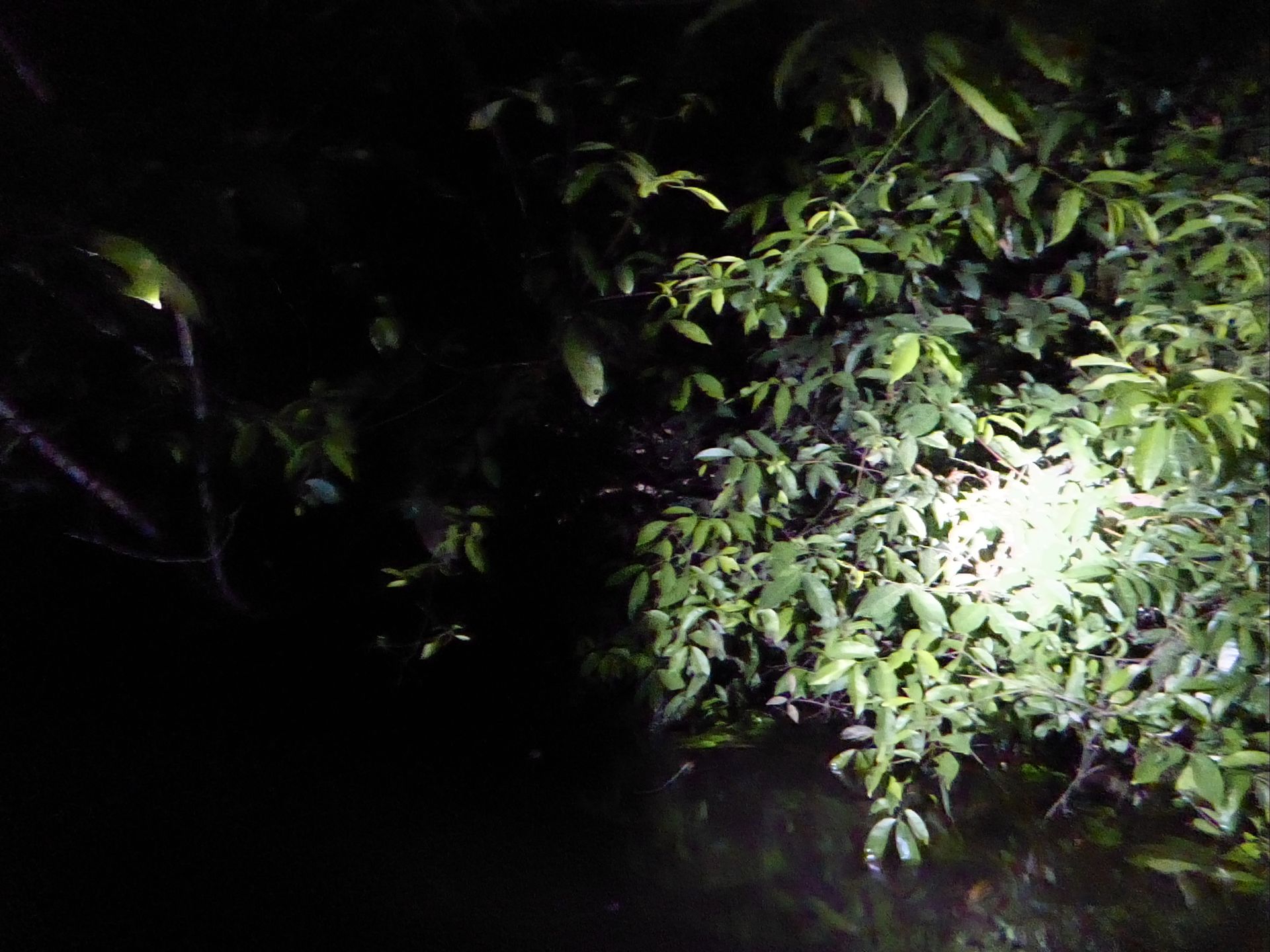
The food here is wonderful. Ample portions and delicious desserts leave us without any wishes. We haven't eaten this much in weeks. We end the evening round and cozy in the hammock, completely stuffed.
13.10.2018
We wake up early. Before breakfast, we board a small wooden canoe with paddles. In the smaller sections of the river, we discover many different bird species (see subtitles). Without the disturbing engine noises, the chirping is incredibly loud.
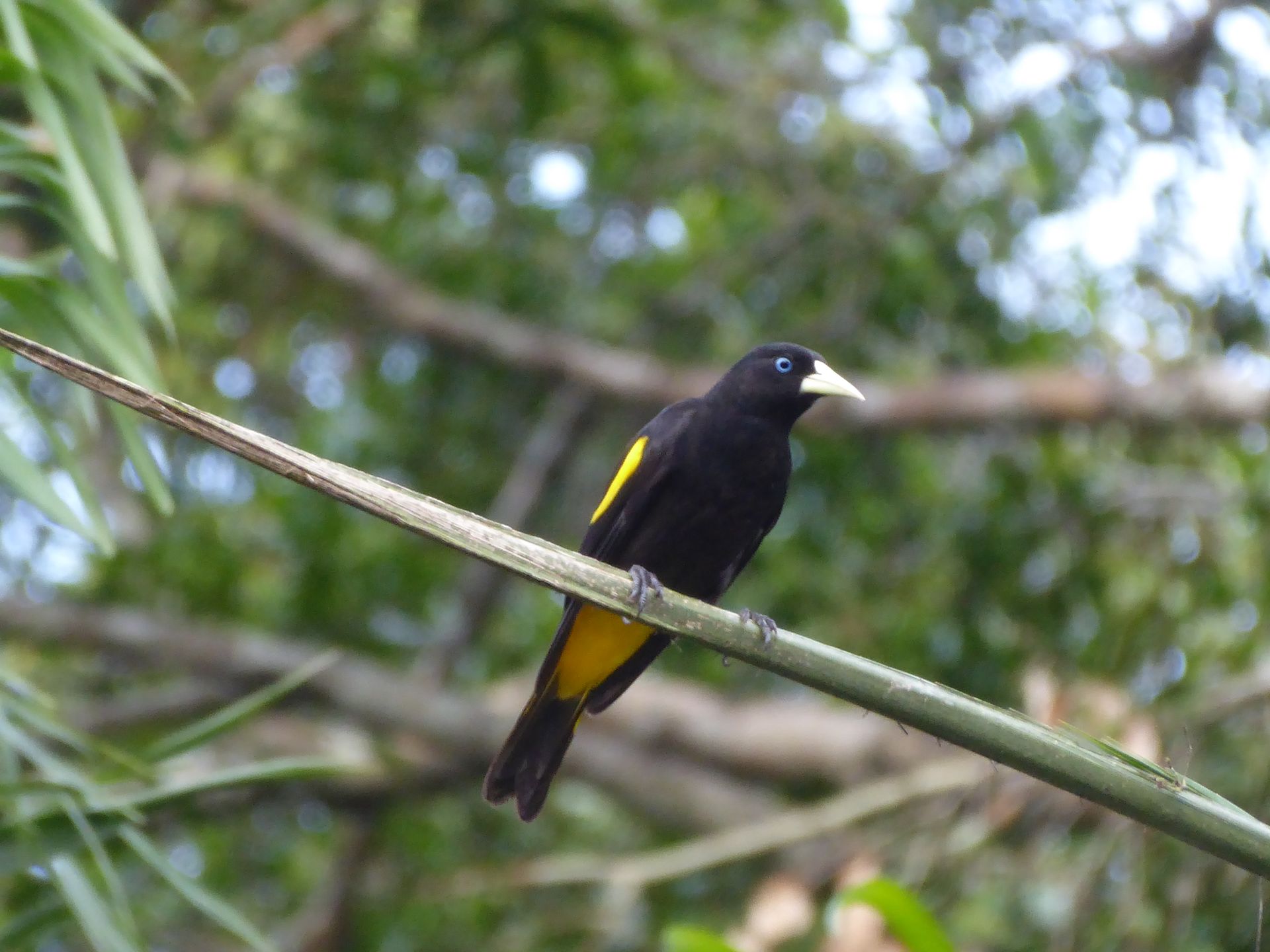
Giant Cowbird
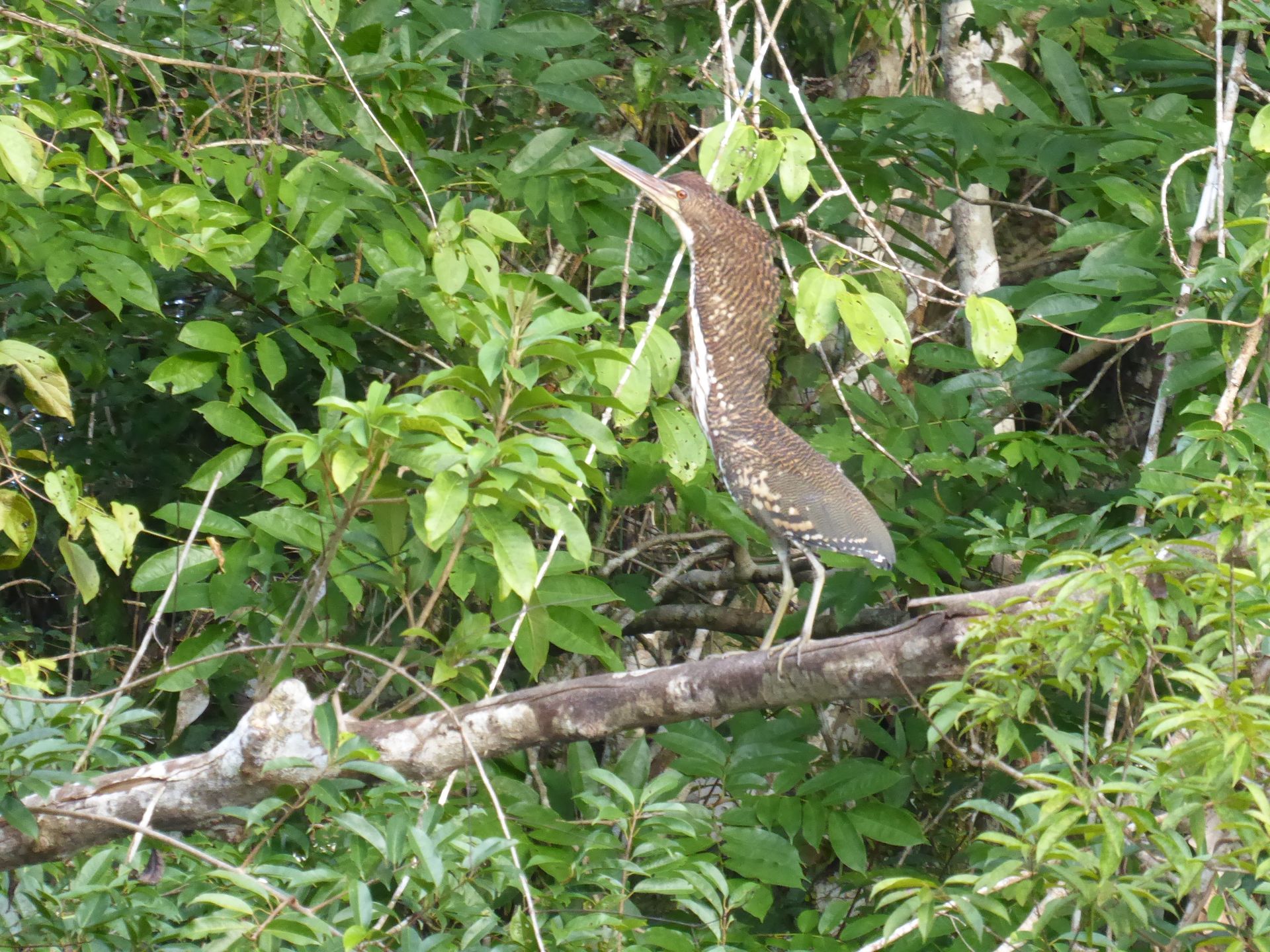
Amazon Heron

Black Vulture
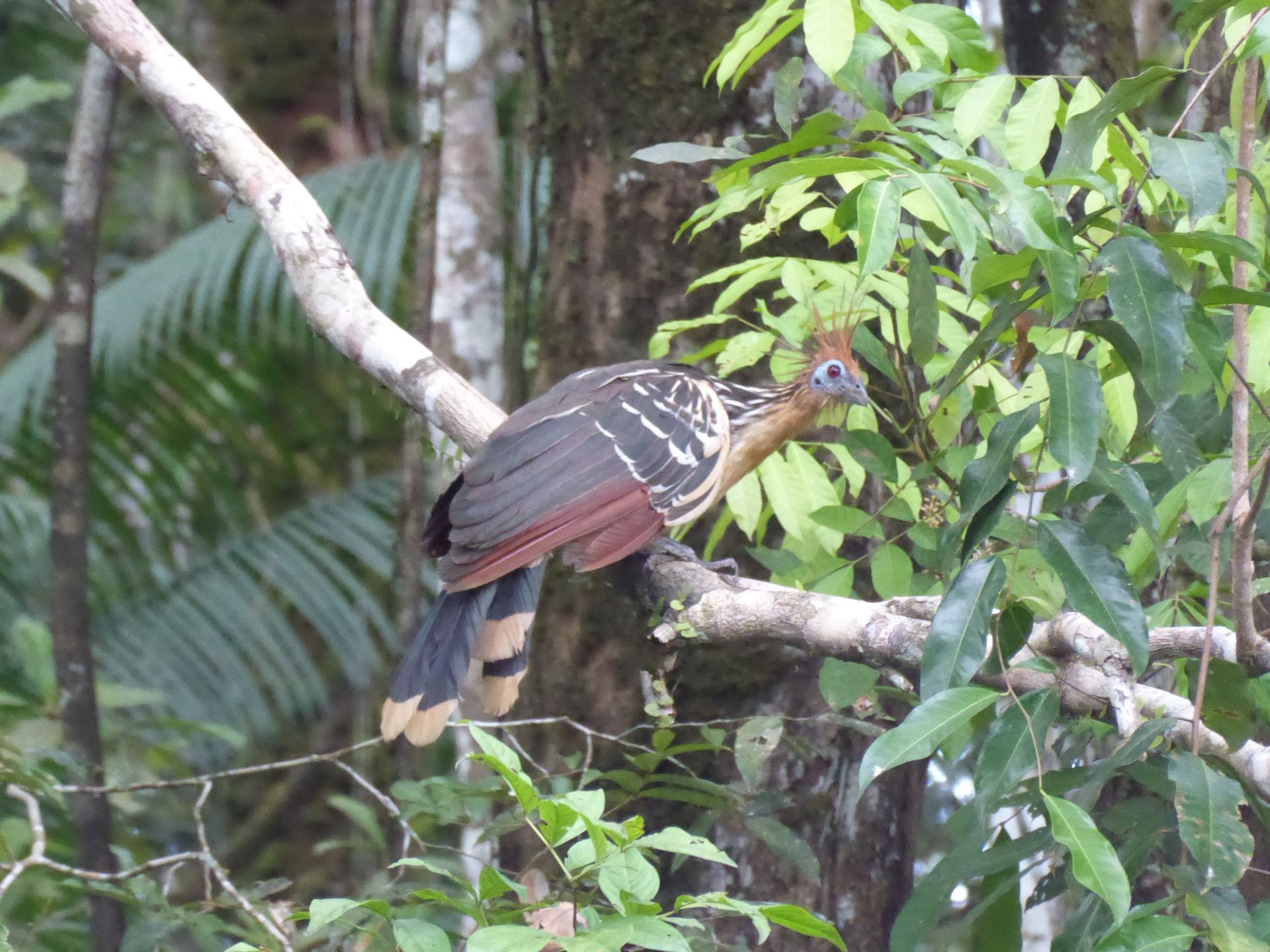
Hoatzin
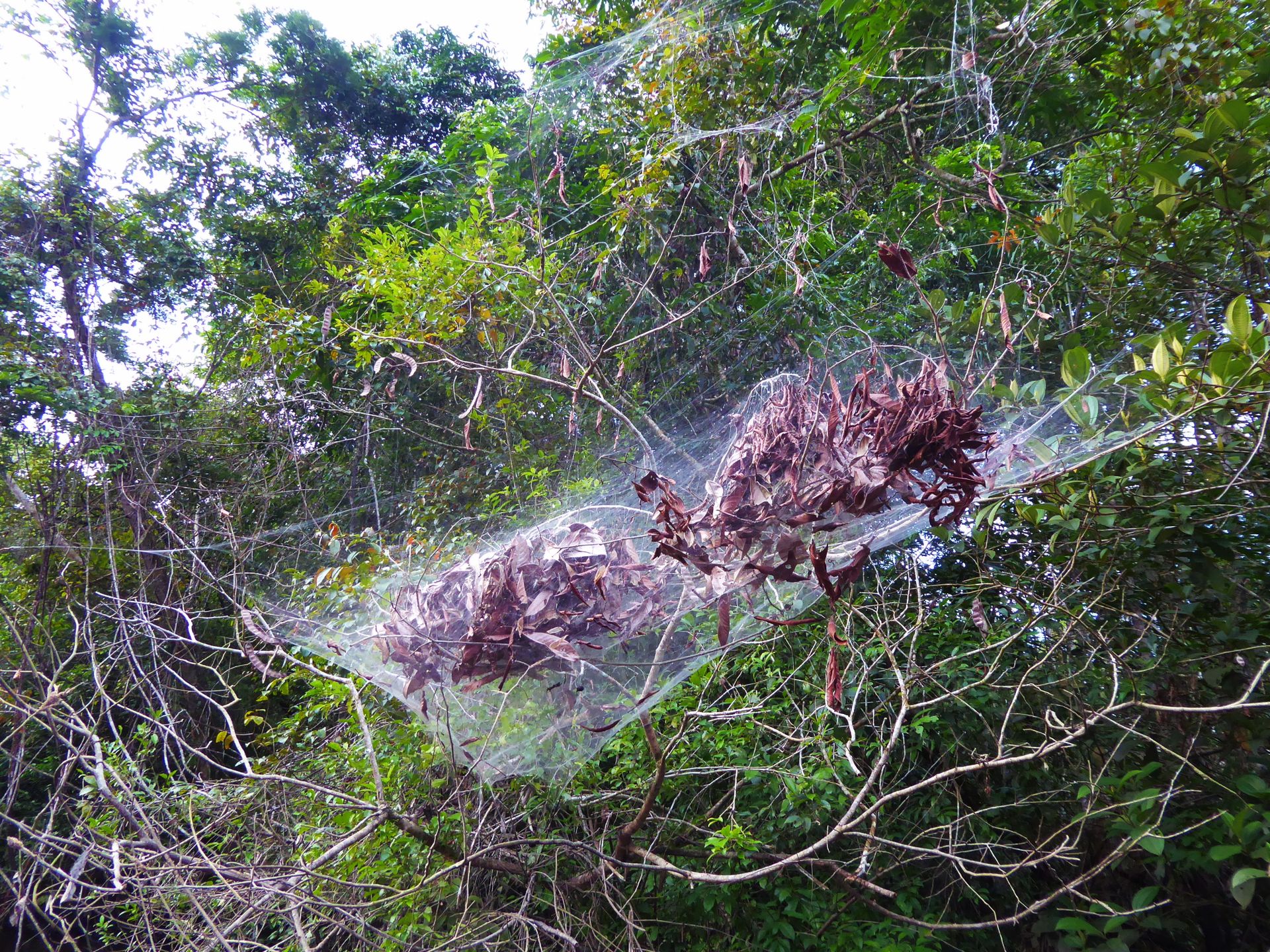
Huge spiderwebs (collaboration of tiny spiders)
At the lodge, we can observe small tamarins stealing fruits from the trees. In general, many animals can be seen on the premises. Mostly with 8 legs.
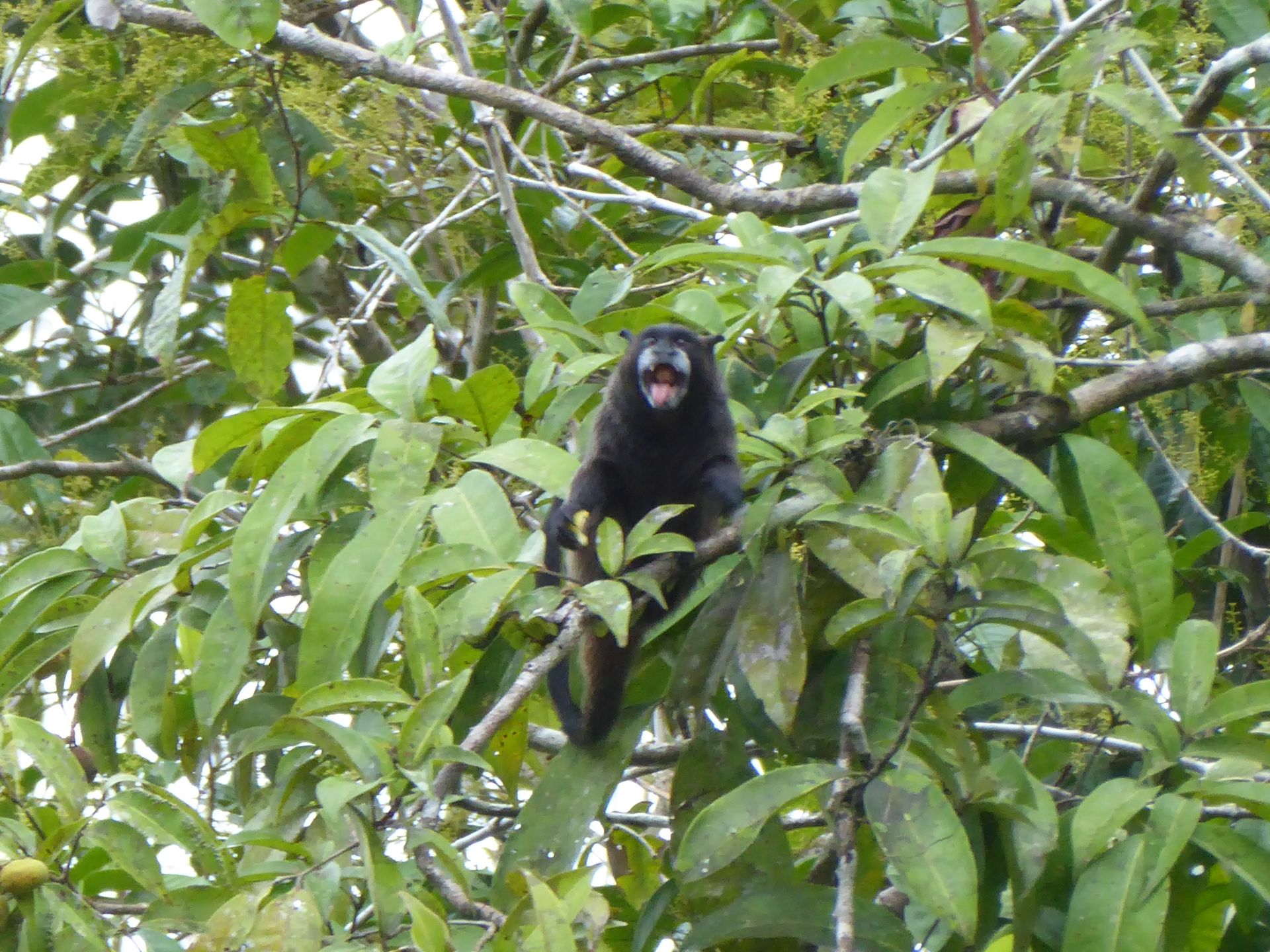
Black-mantled Tamarin
After our return, we have breakfast and get ready for our visit to the 'community,' an indigenous settlement. It starts to rain. Our own rain gear would never withstand this heavy rain permanently. Rain ponchos help us stay dry.
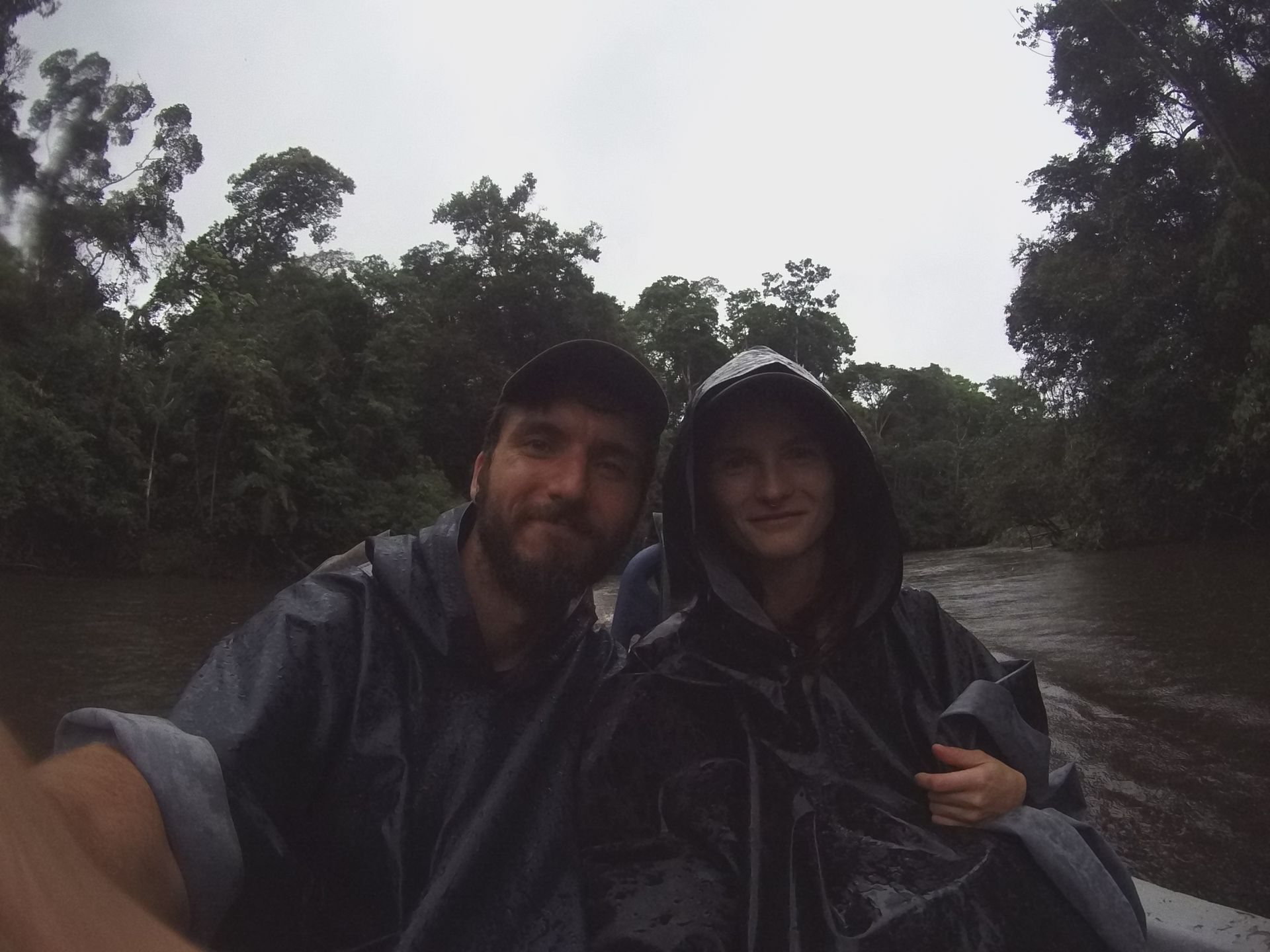
The path is not difficult, but muddy. When we arrive, the sun shines and the first simple dwellings appear on the next clearing.
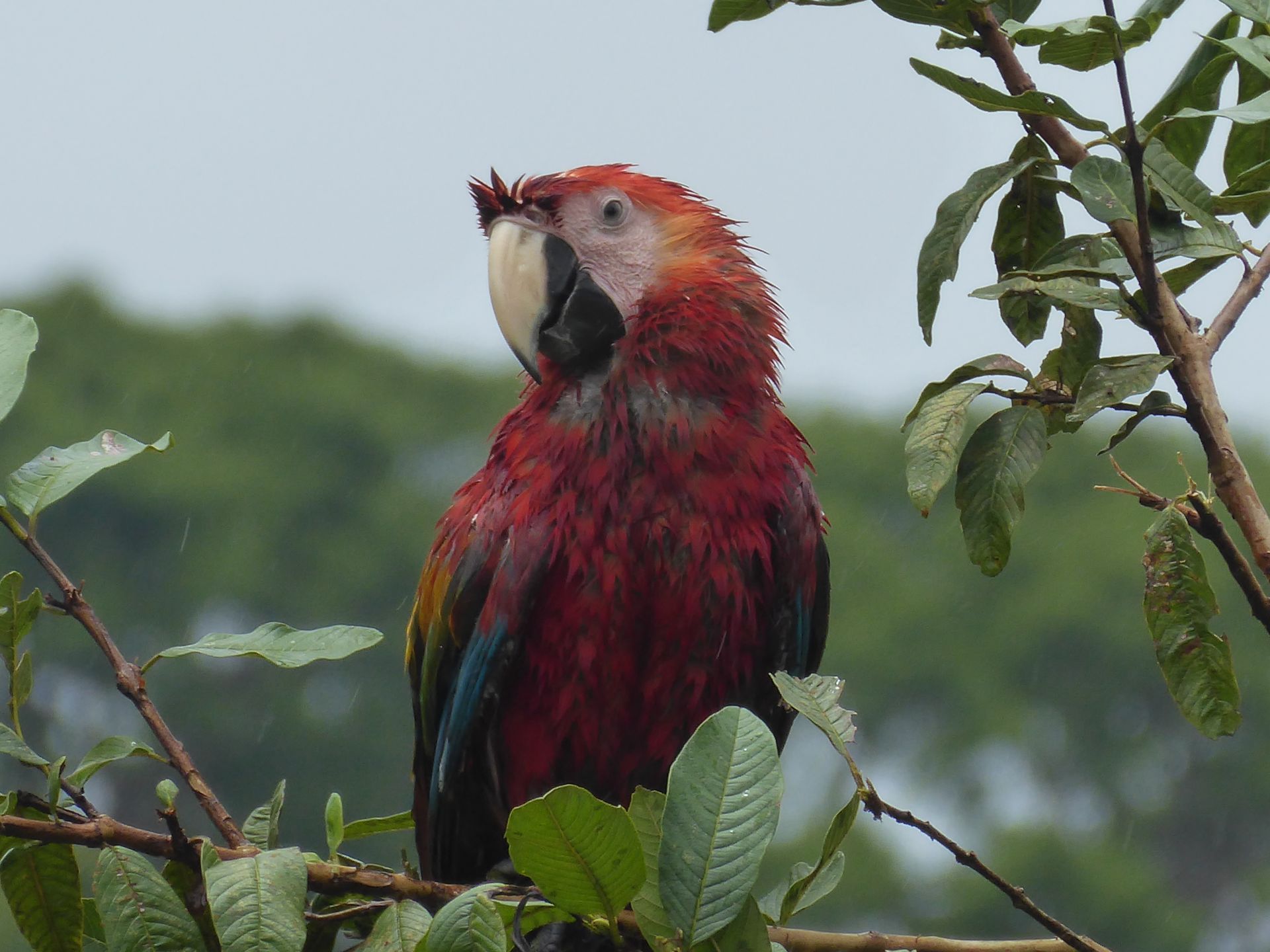
Children play and work in the open area and are only slightly bothered by us. It is noticeable that tourists are not unknown here.
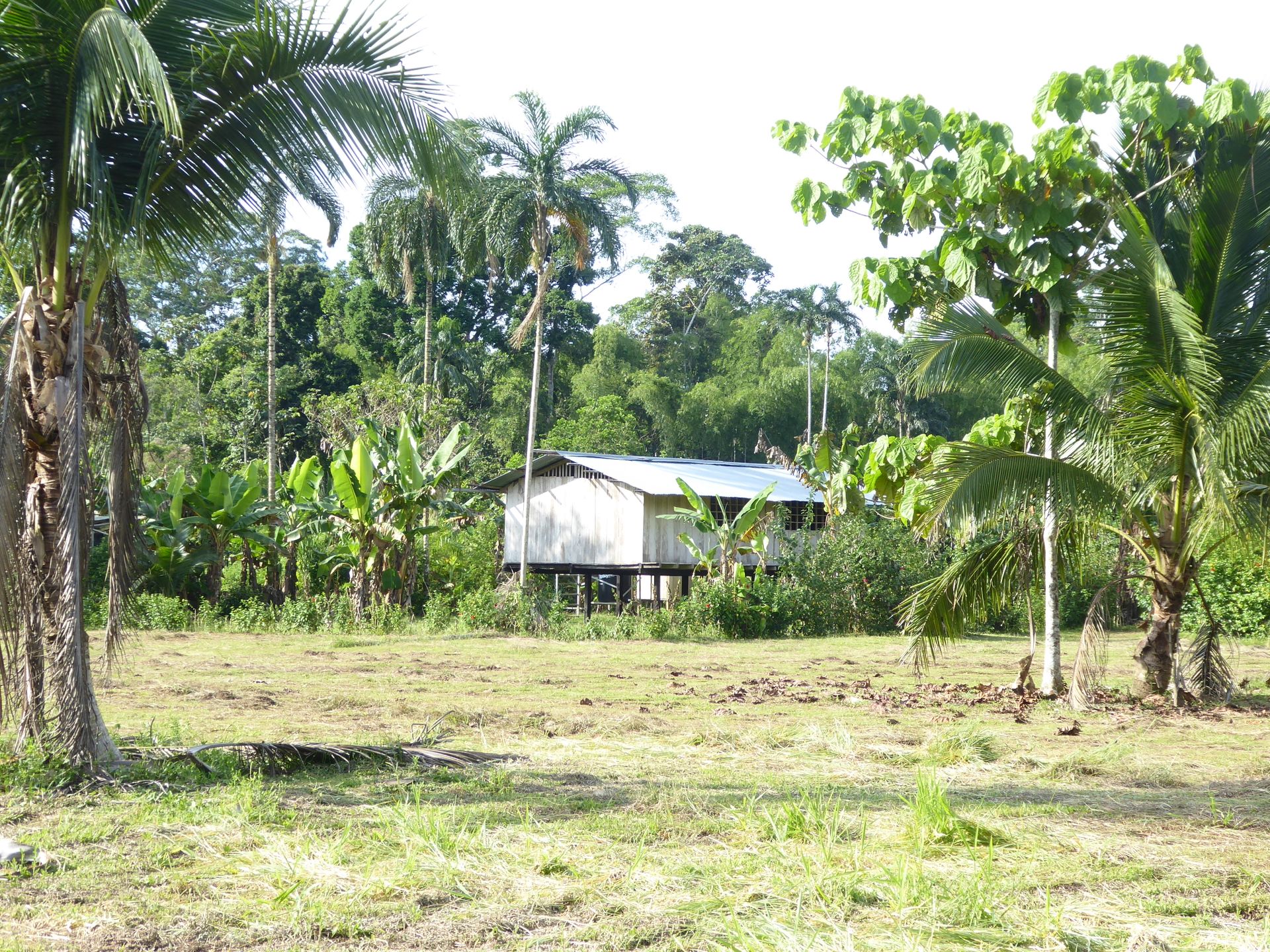
Our current task: making manioc bread. So off into the bush. With the machete, we chop down the tree and rip the roots out of the ground.


The dry paste is spread out over the fire to form a small, flat dough and fried, turned, and then assembled into small tapas with a salad. Add some rice and voila, a great lunch. Only 2 hours of work.

Then we visit the shaman of the 'community.' The most important man in the village shows us how to use his magic potion 'Ayahuasca.' In a trance, he examines his 'patients.' In our case, he beats several vacationers with a thistle-like herb. The resulting swelling is said to help against joint and back pain.
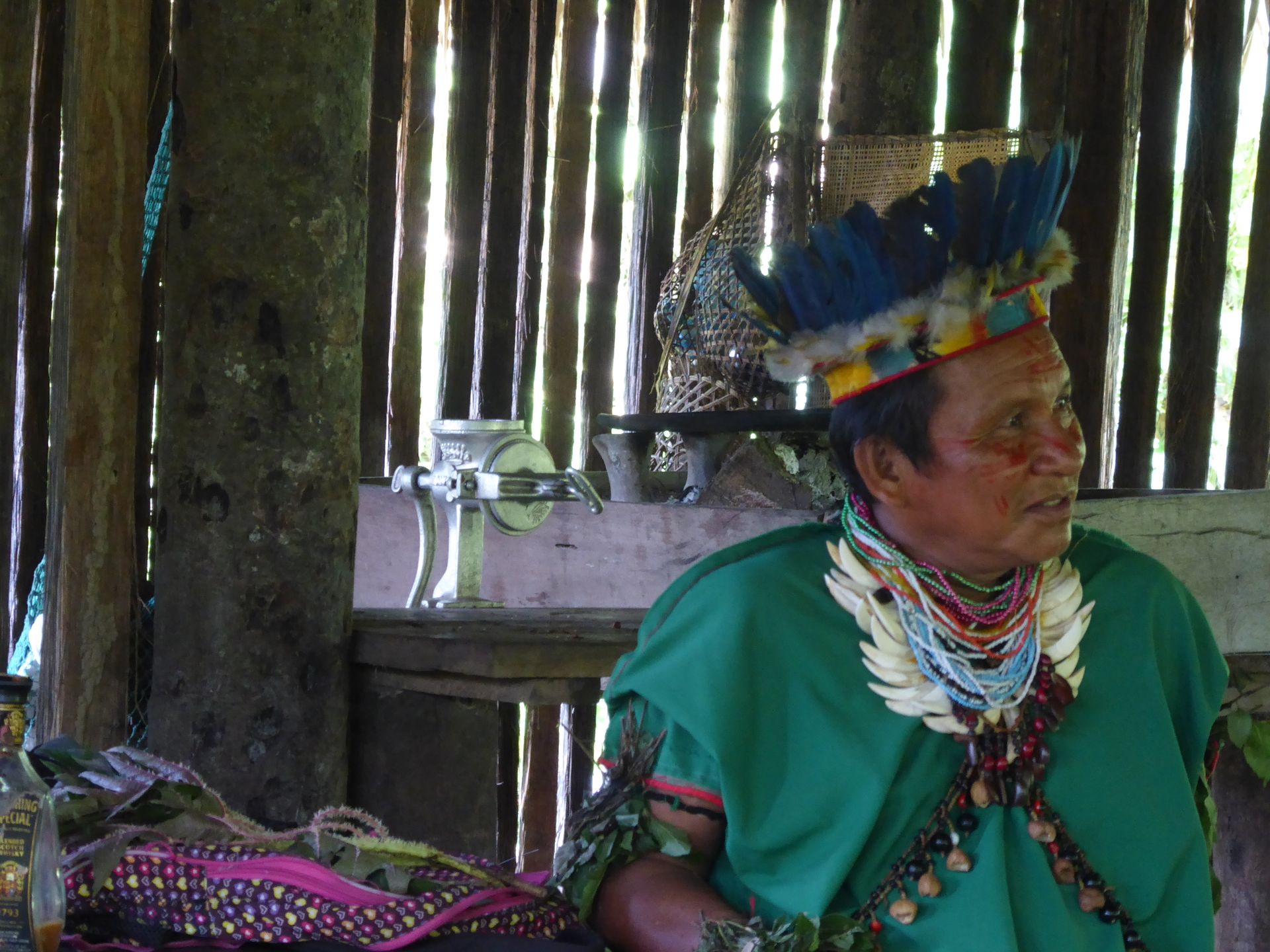
The lecture is interesting, but he also says that he cannot heal everything and has to send some people to the hospital. About 4-5 hours away. We all get a small sip of a root soaked in alcohol. Against fatigue and stomachache. It tastes like fruit brandy. We are also allowed to taste the Ayahuasca.
Back at the lodge, after eating, we only manage to read a few pages.
14.10.2018
Quick summary.
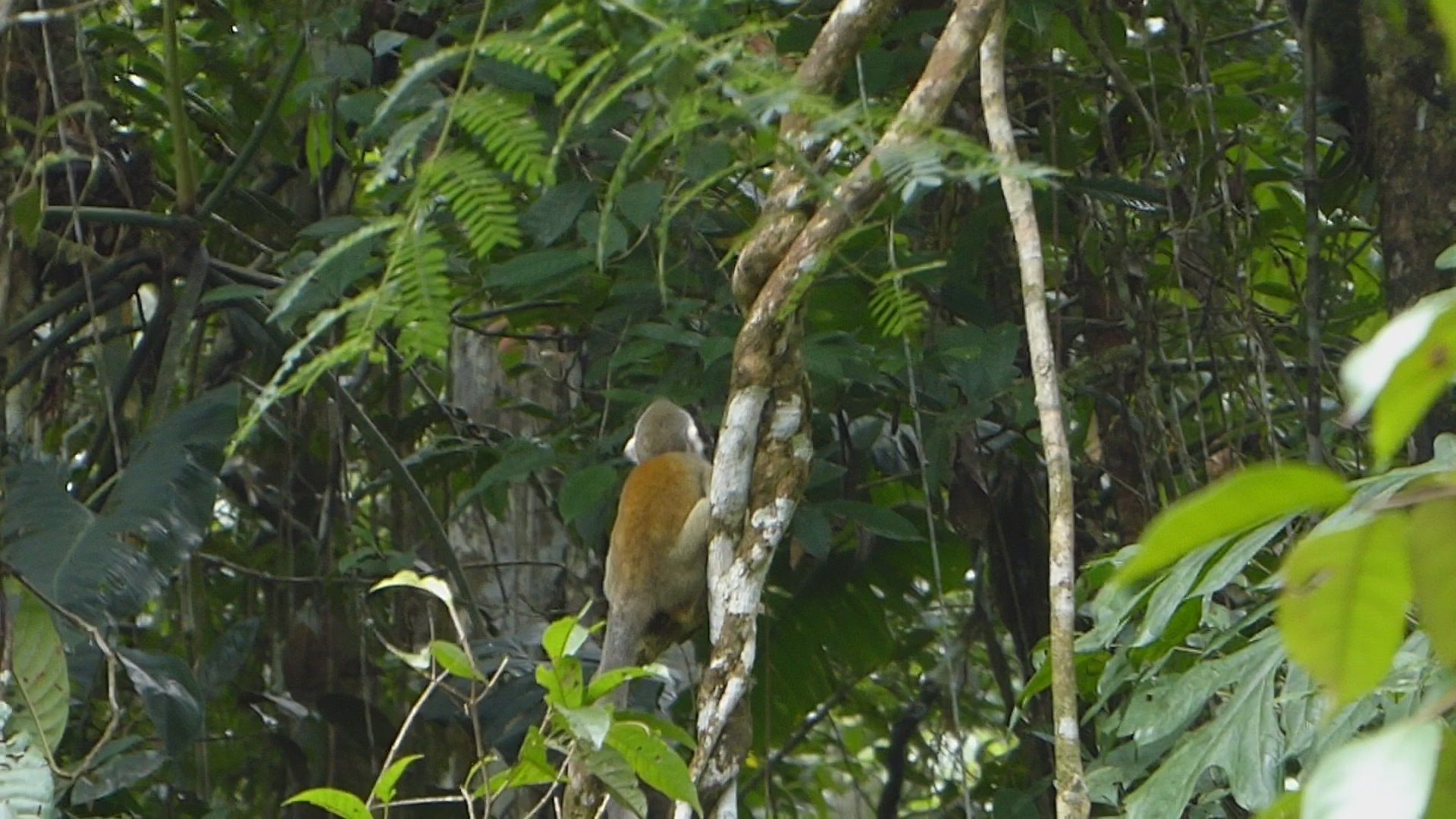
Mexican hairy dwarf porcupine
On the return journey with our 'speedboat,' we fortunately still see a couple of monkeys and shortly afterwards even an
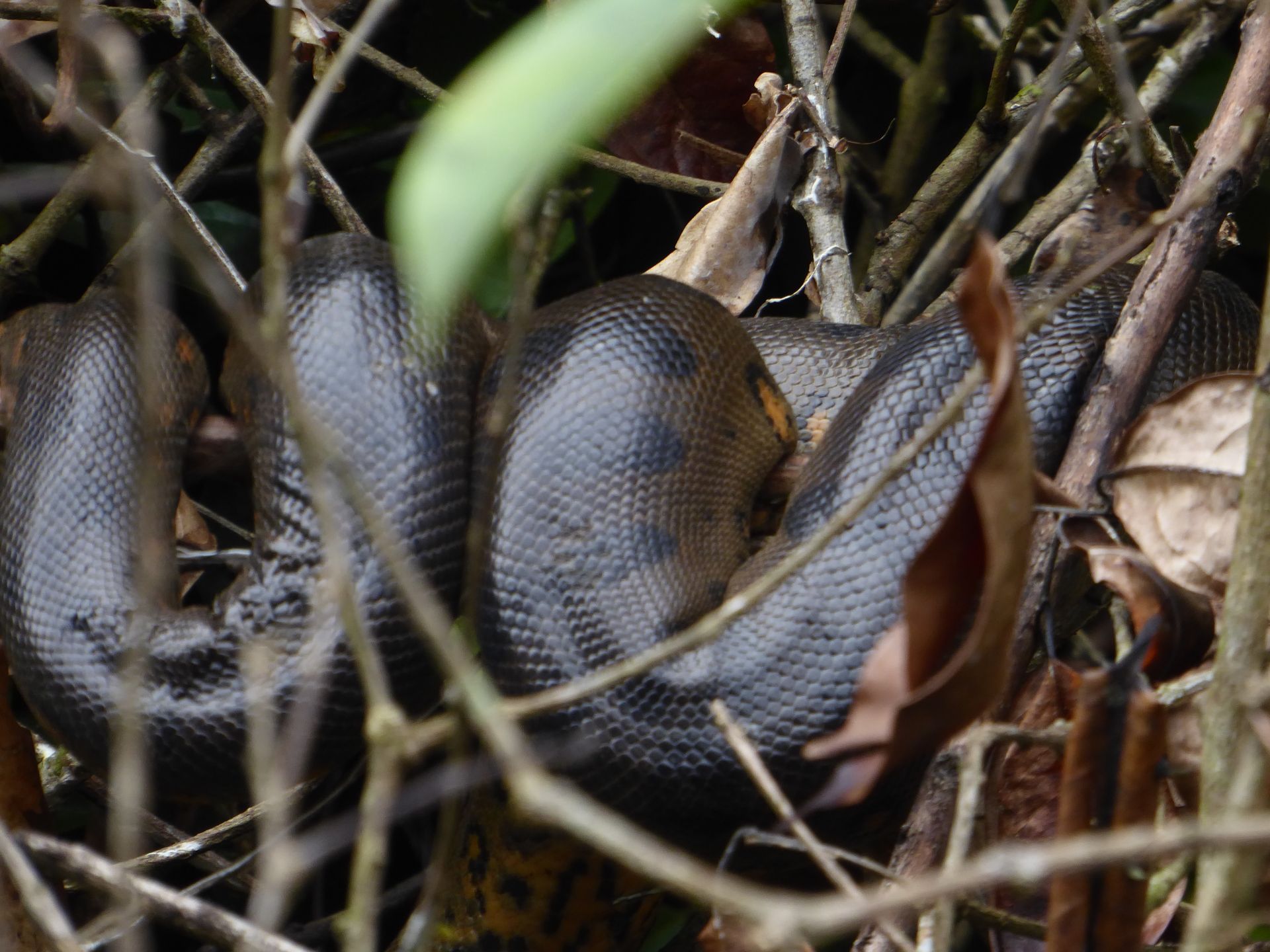
anaconda.
The rest of the day we spend on the journey back to Quito.
Абонирайте се за бюлетин
Отговор
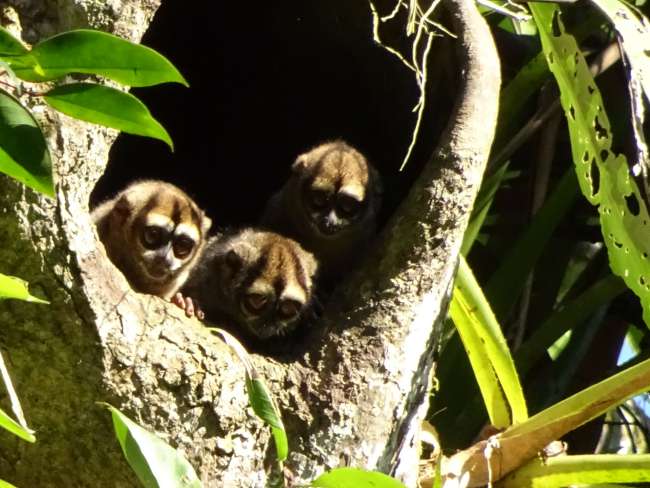
Отчети за пътуване Еквадор
